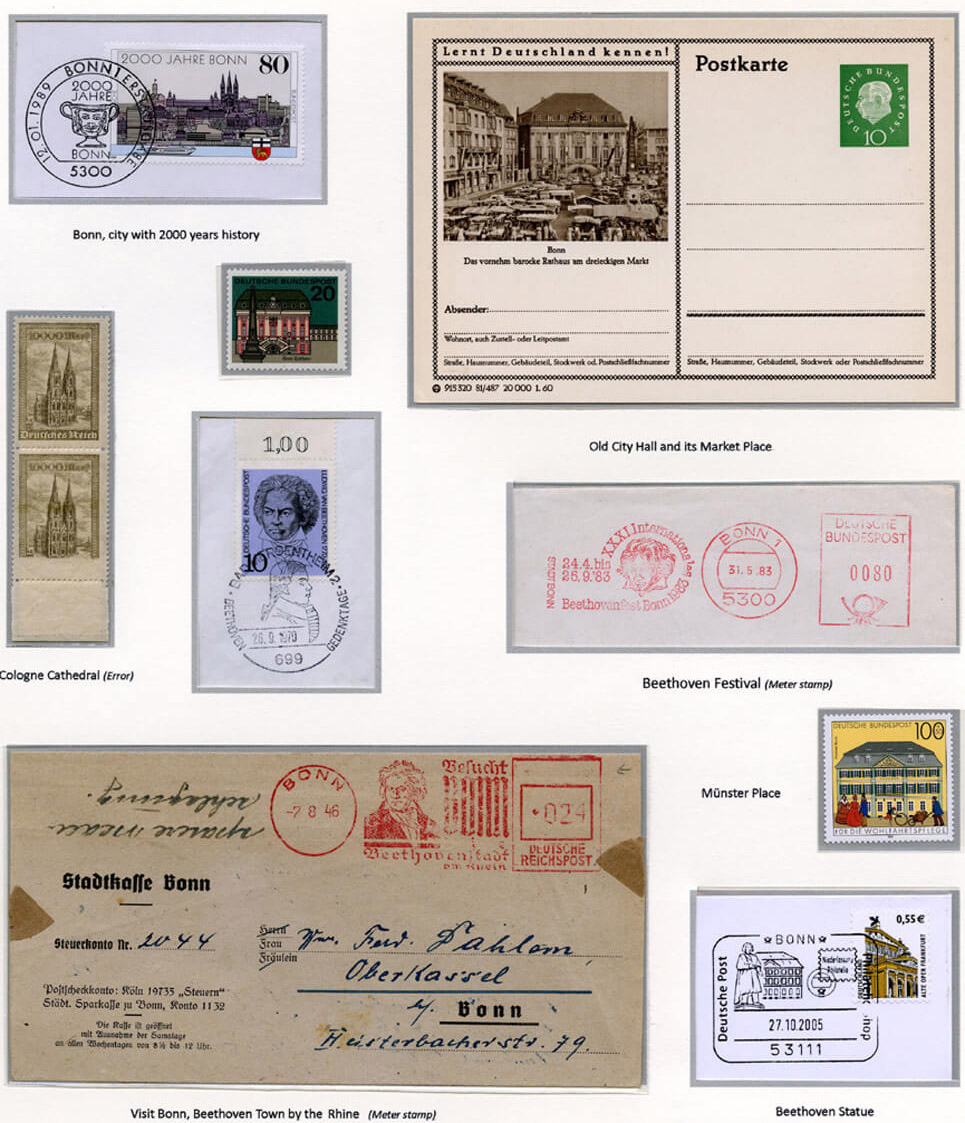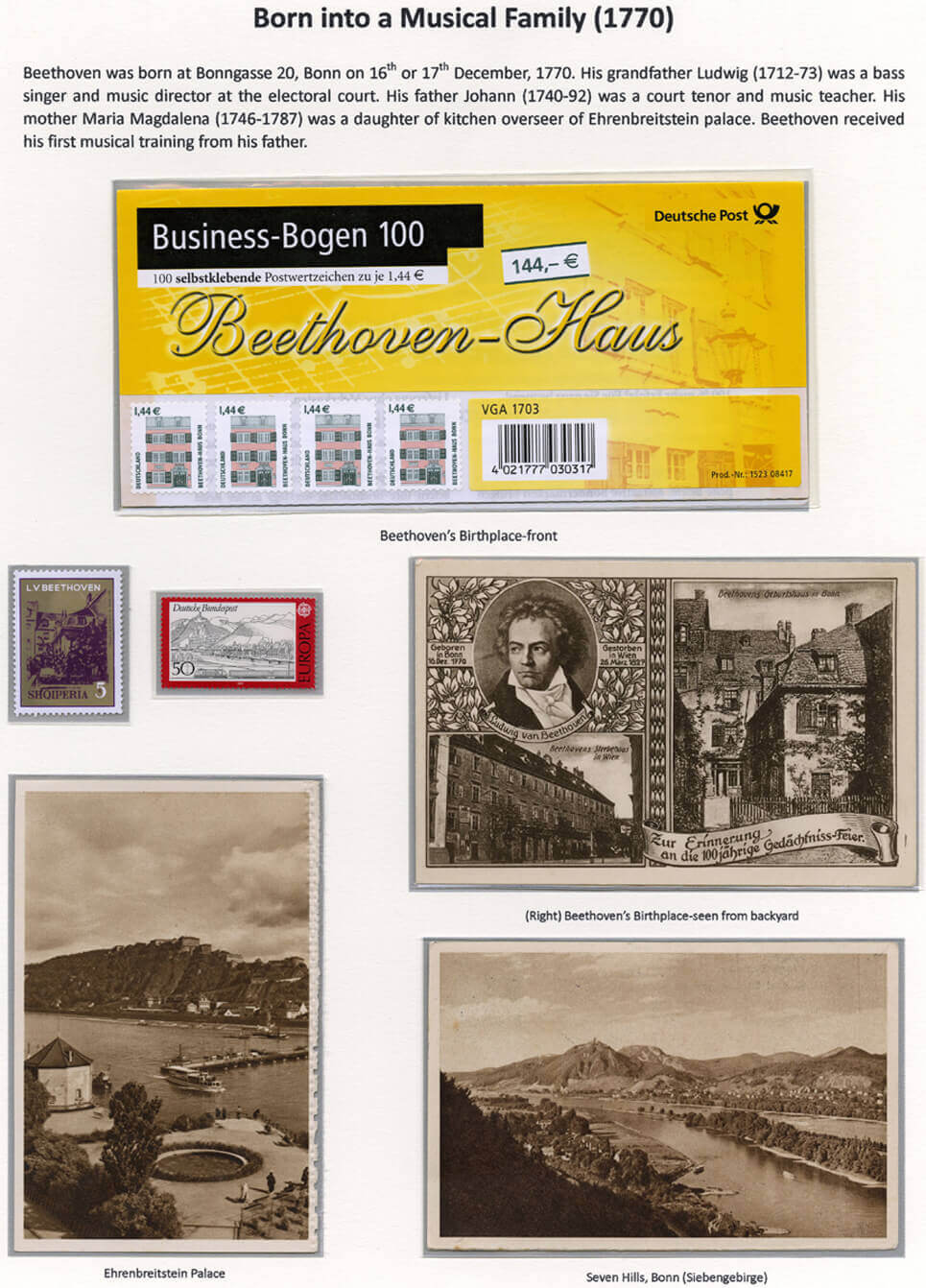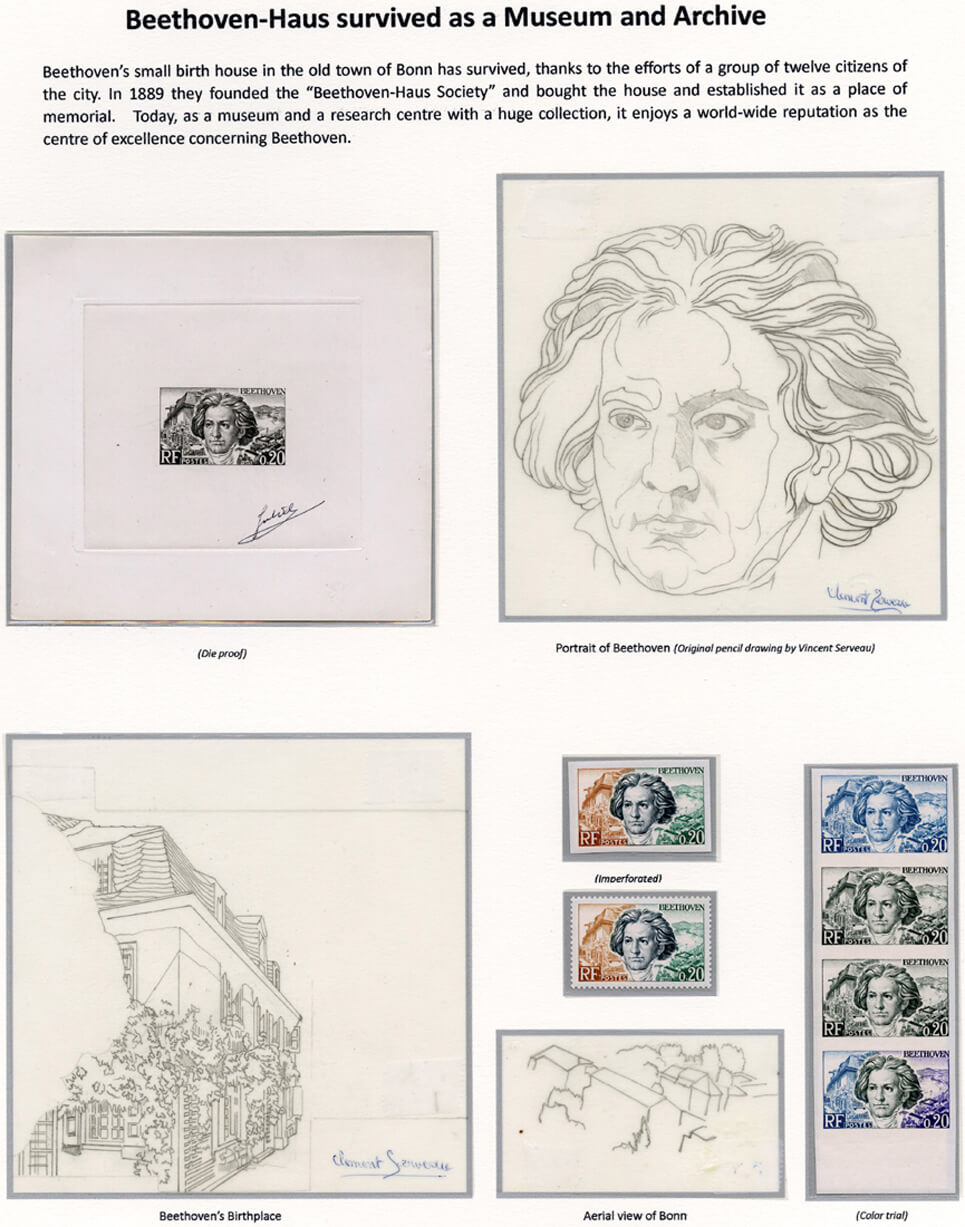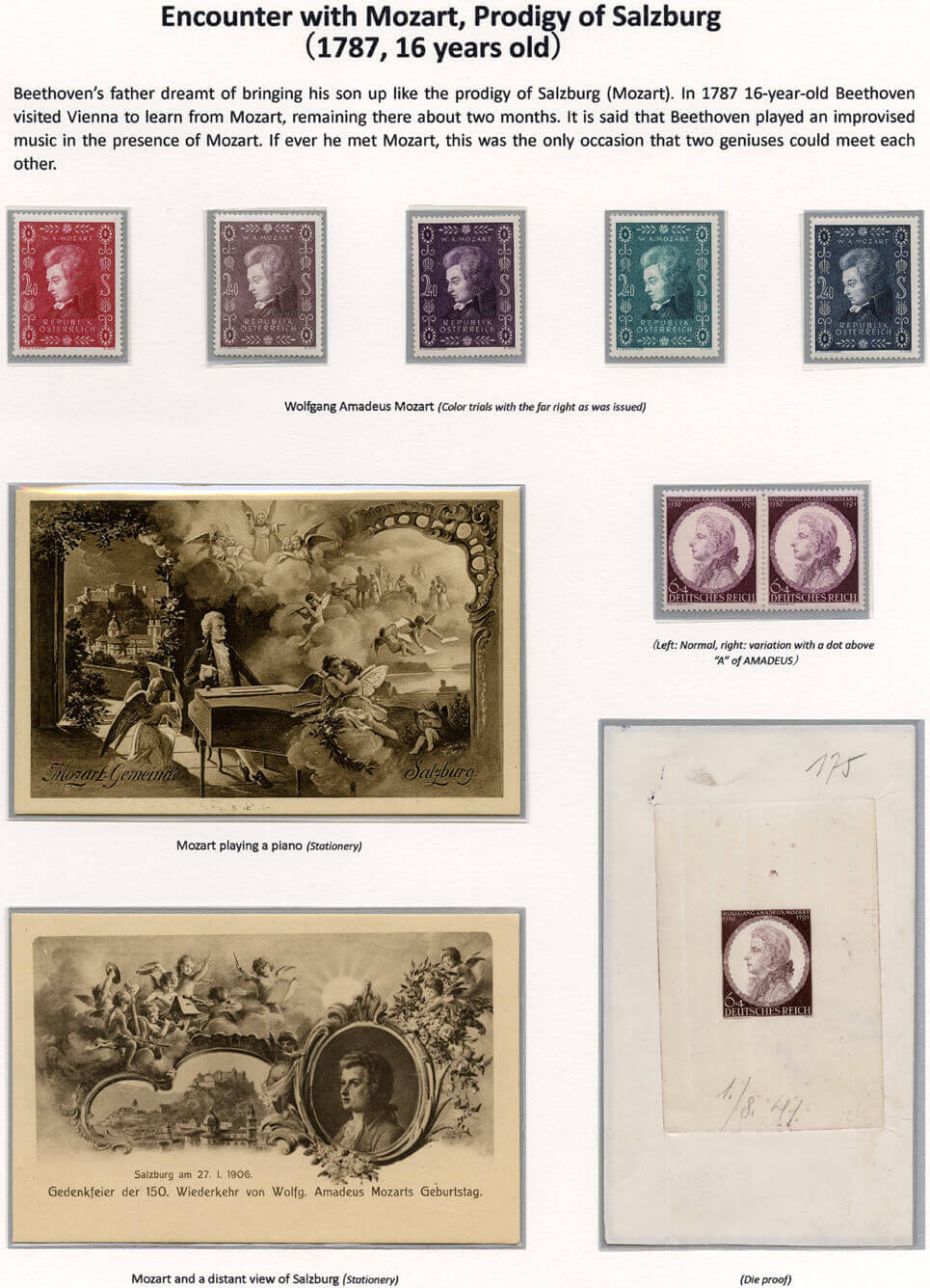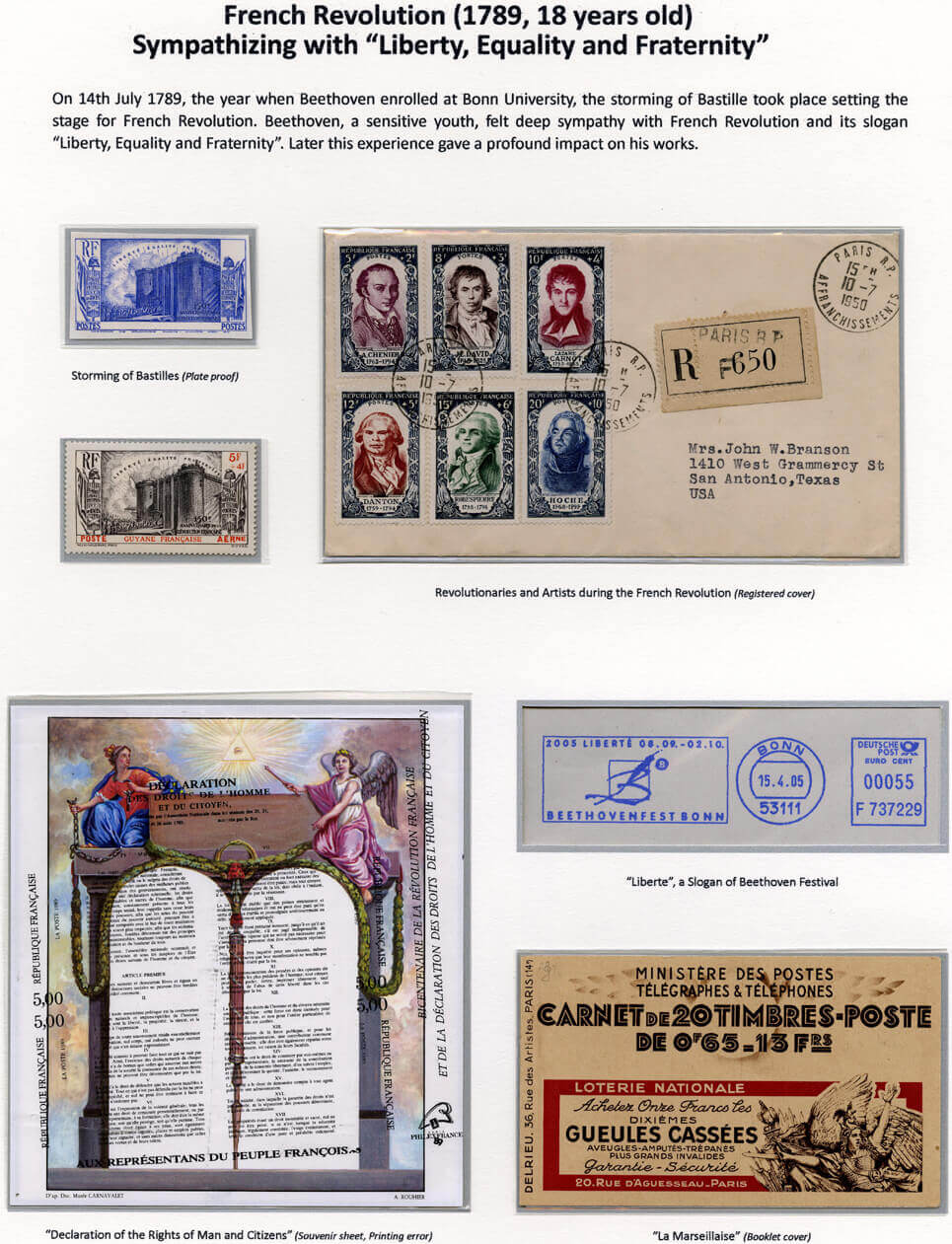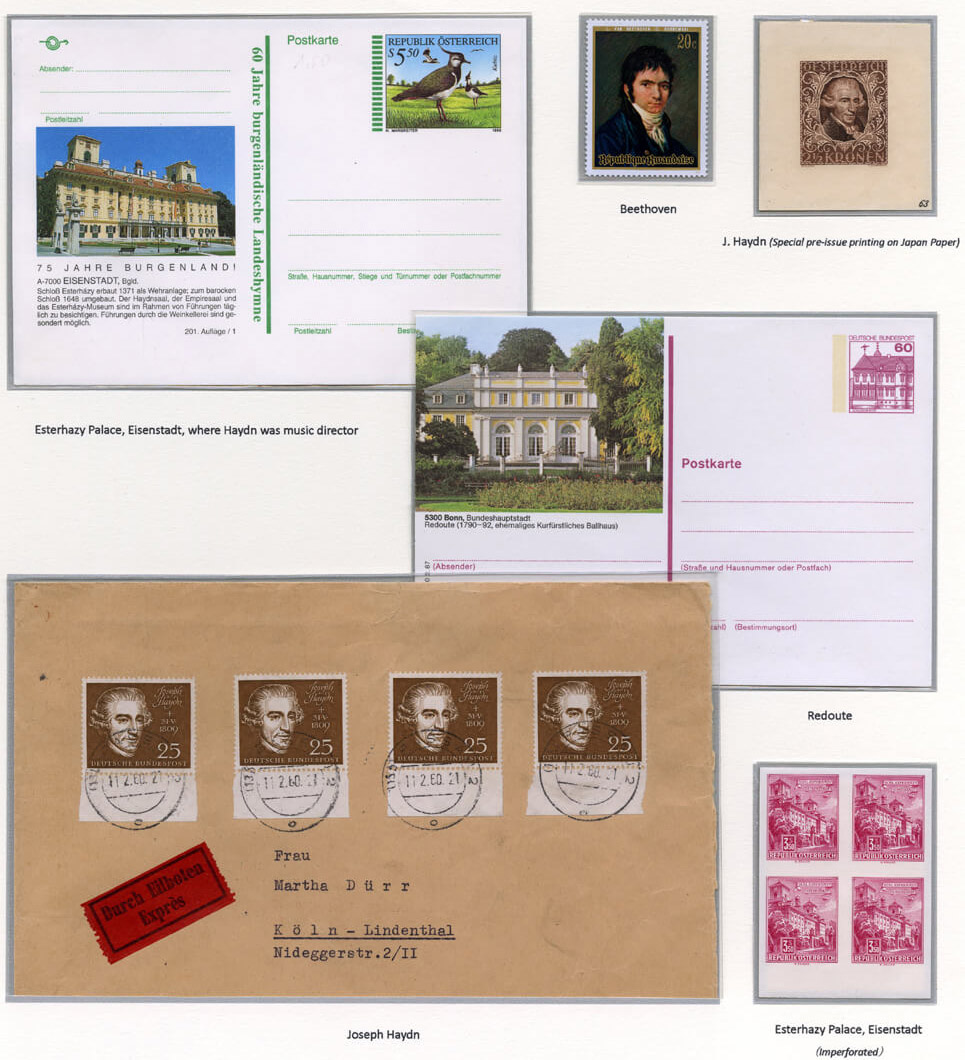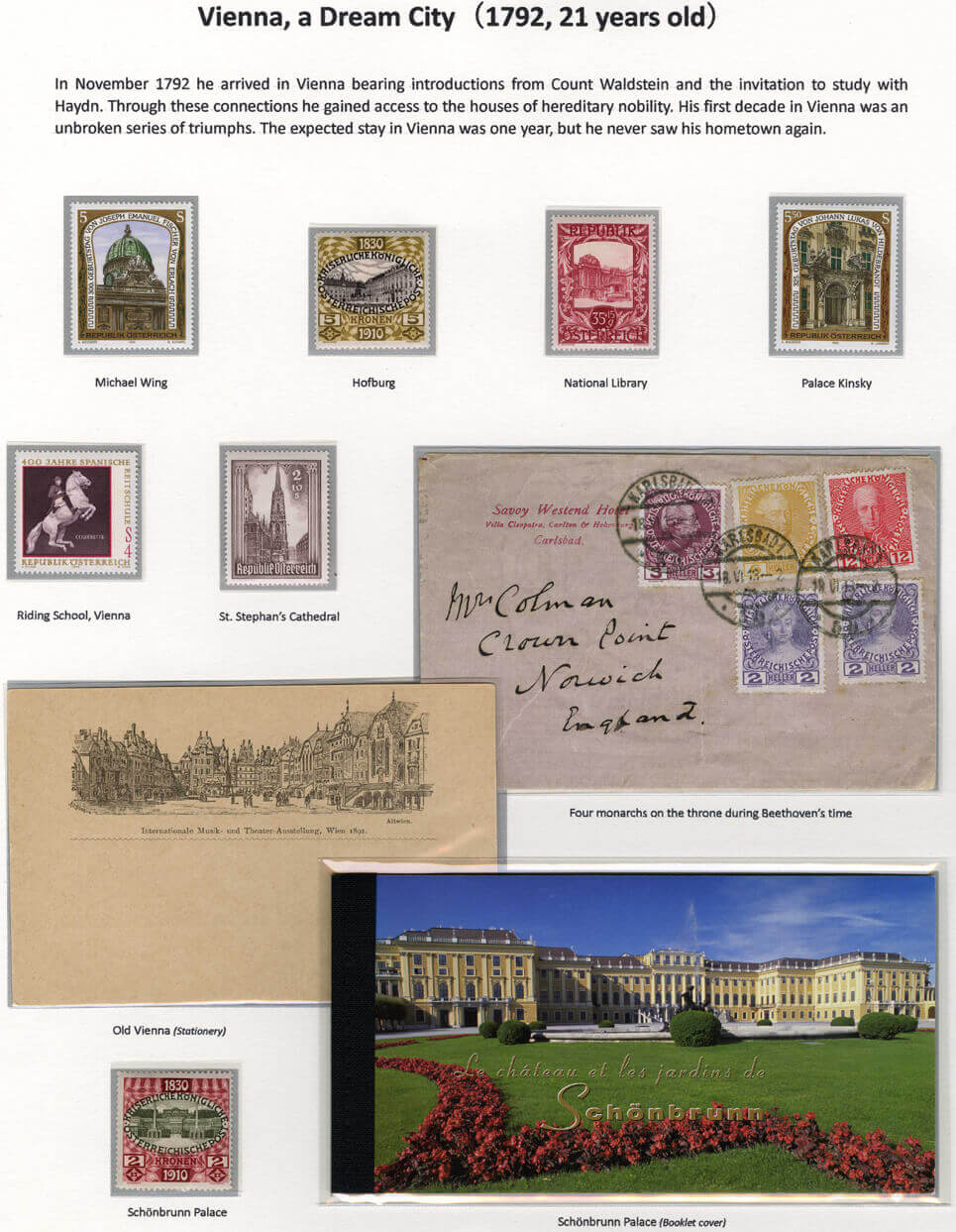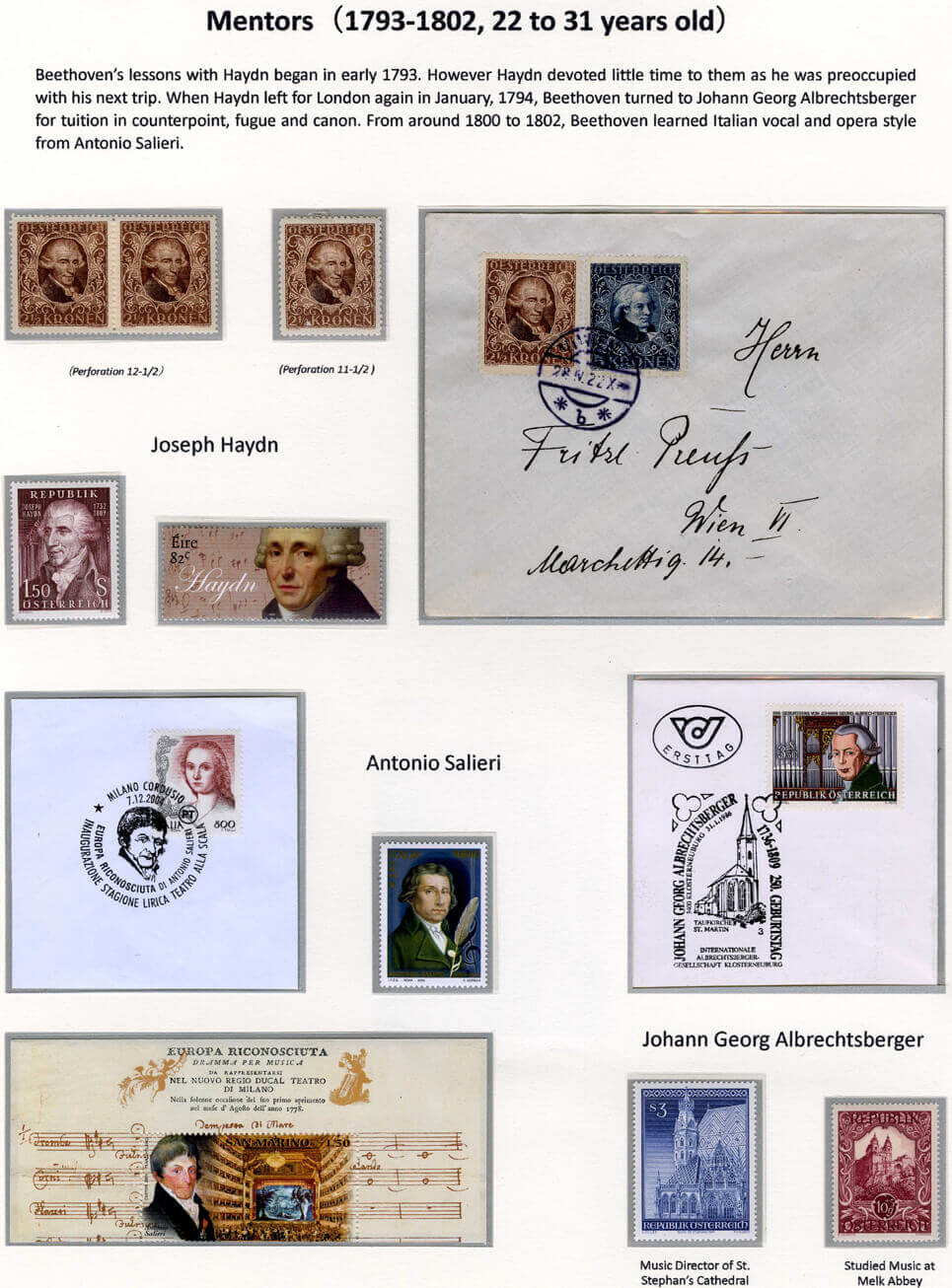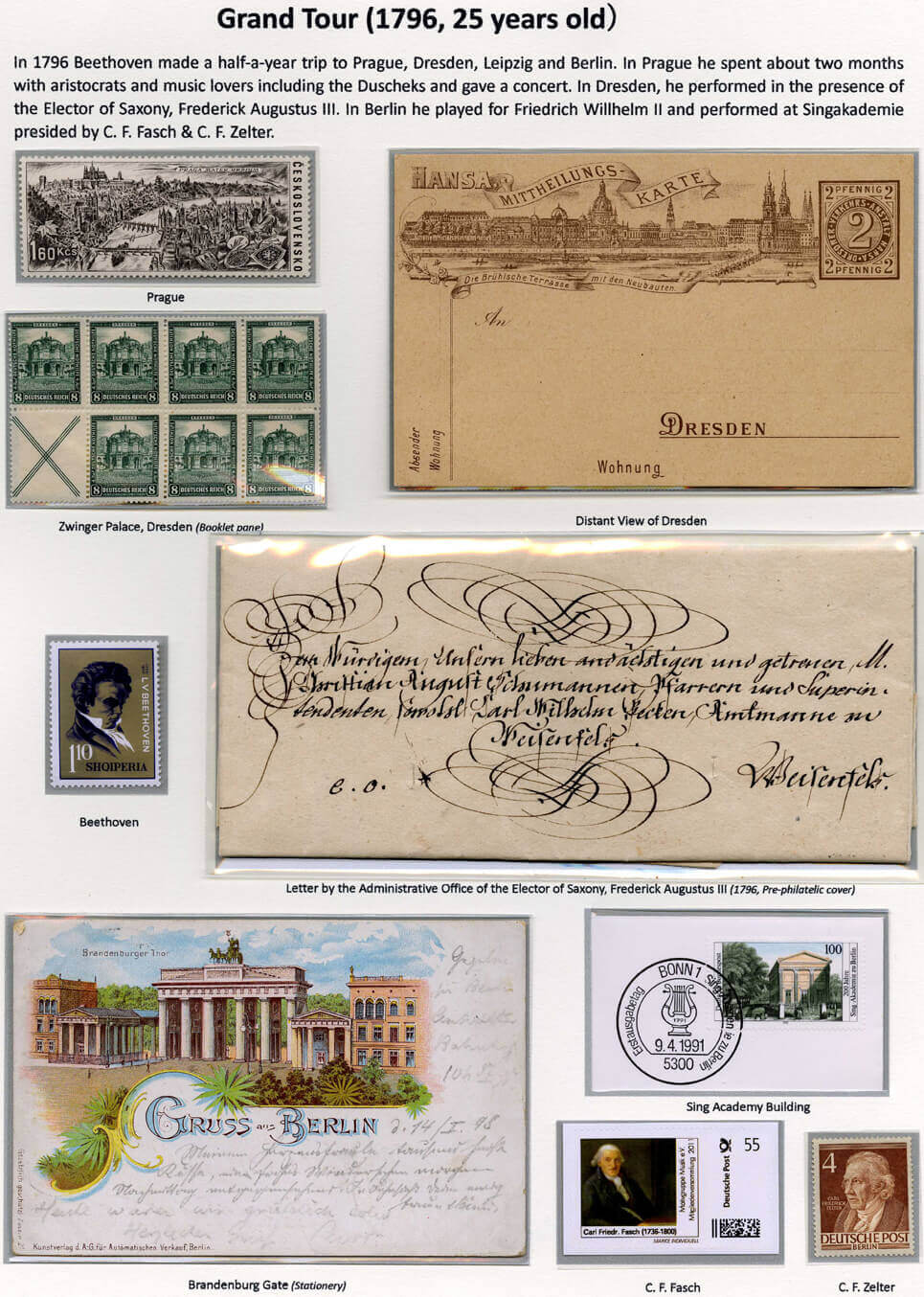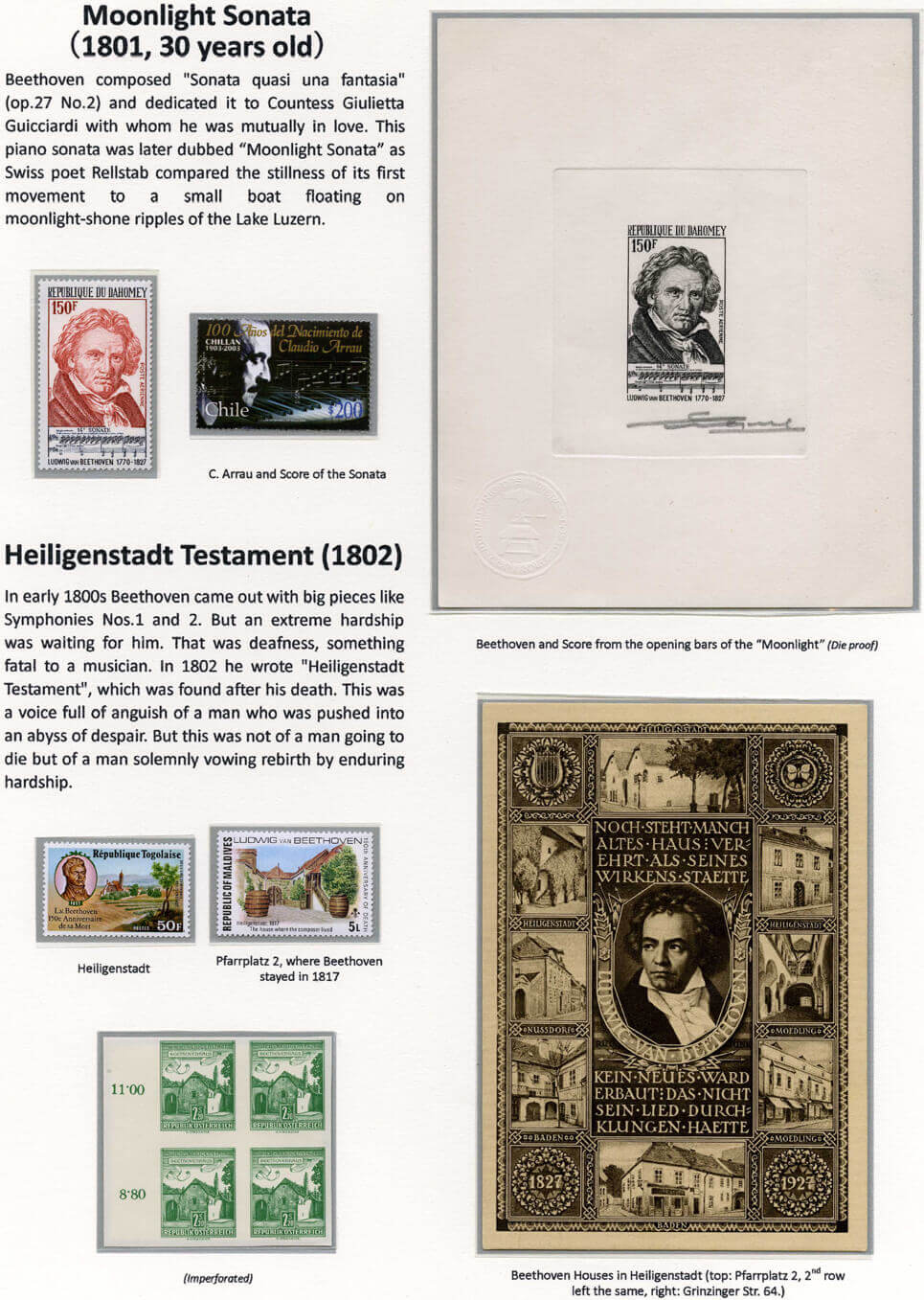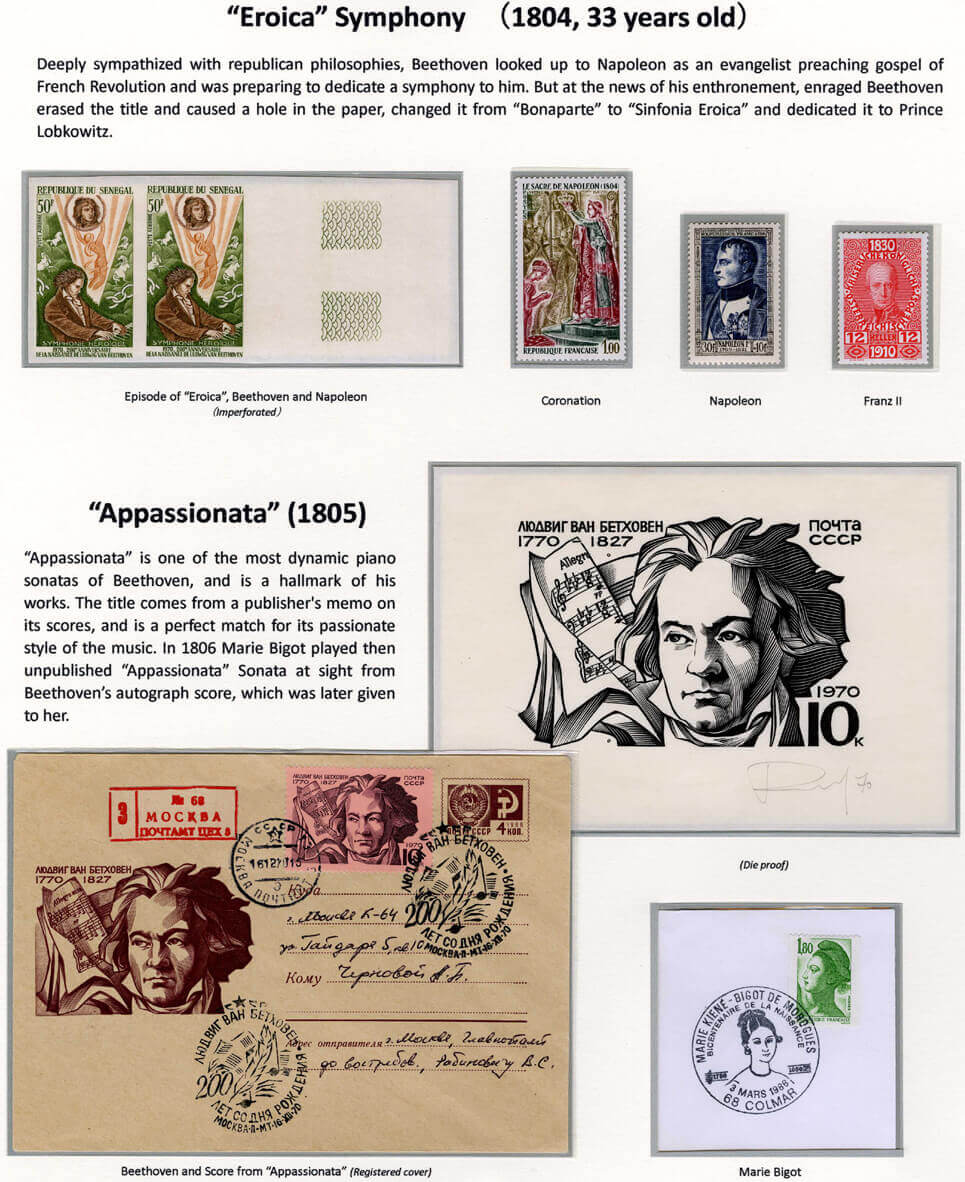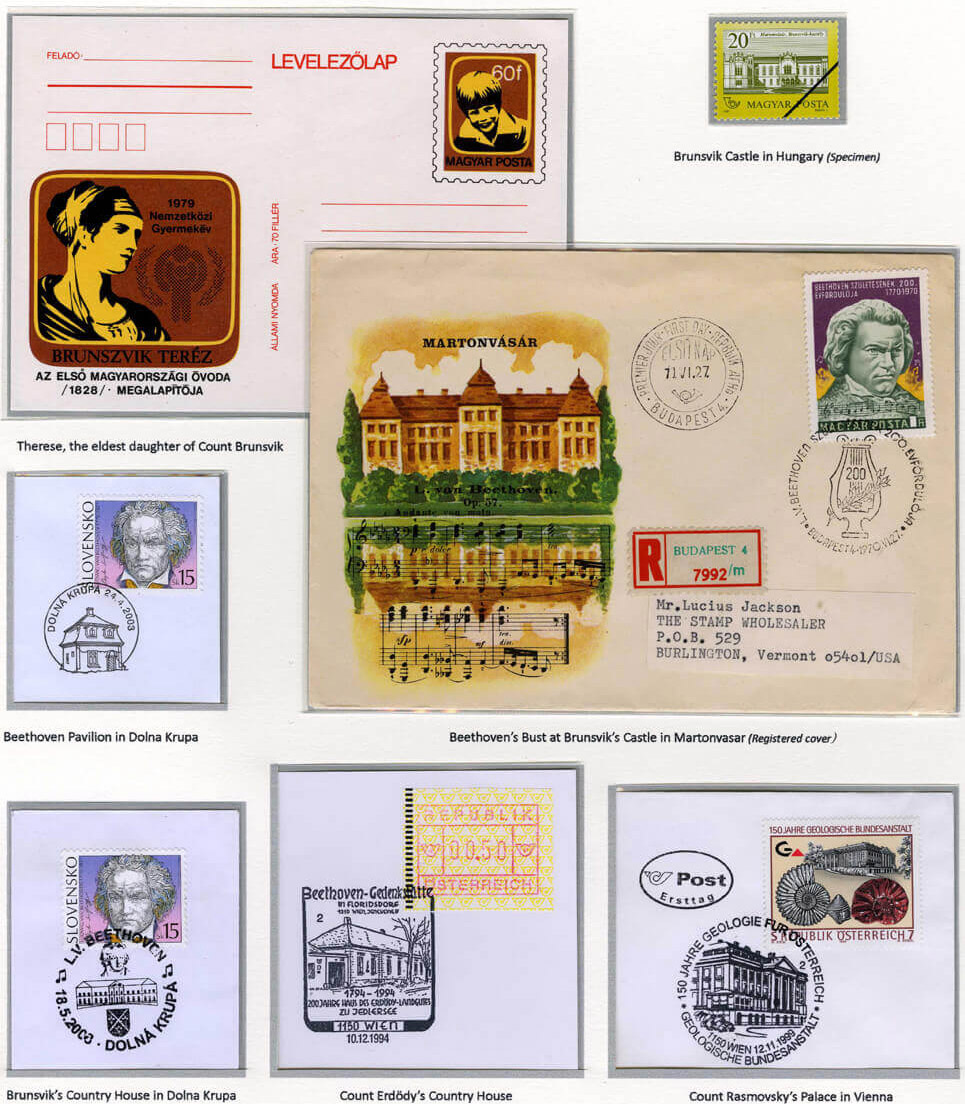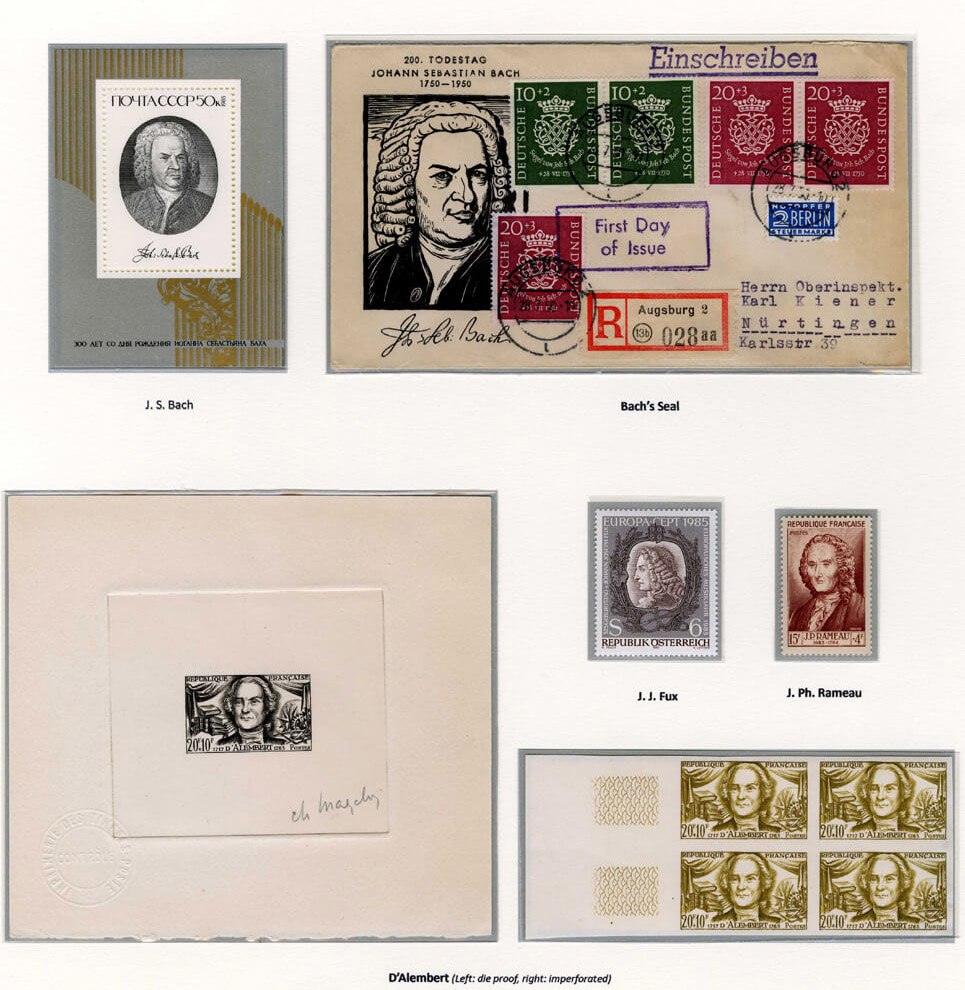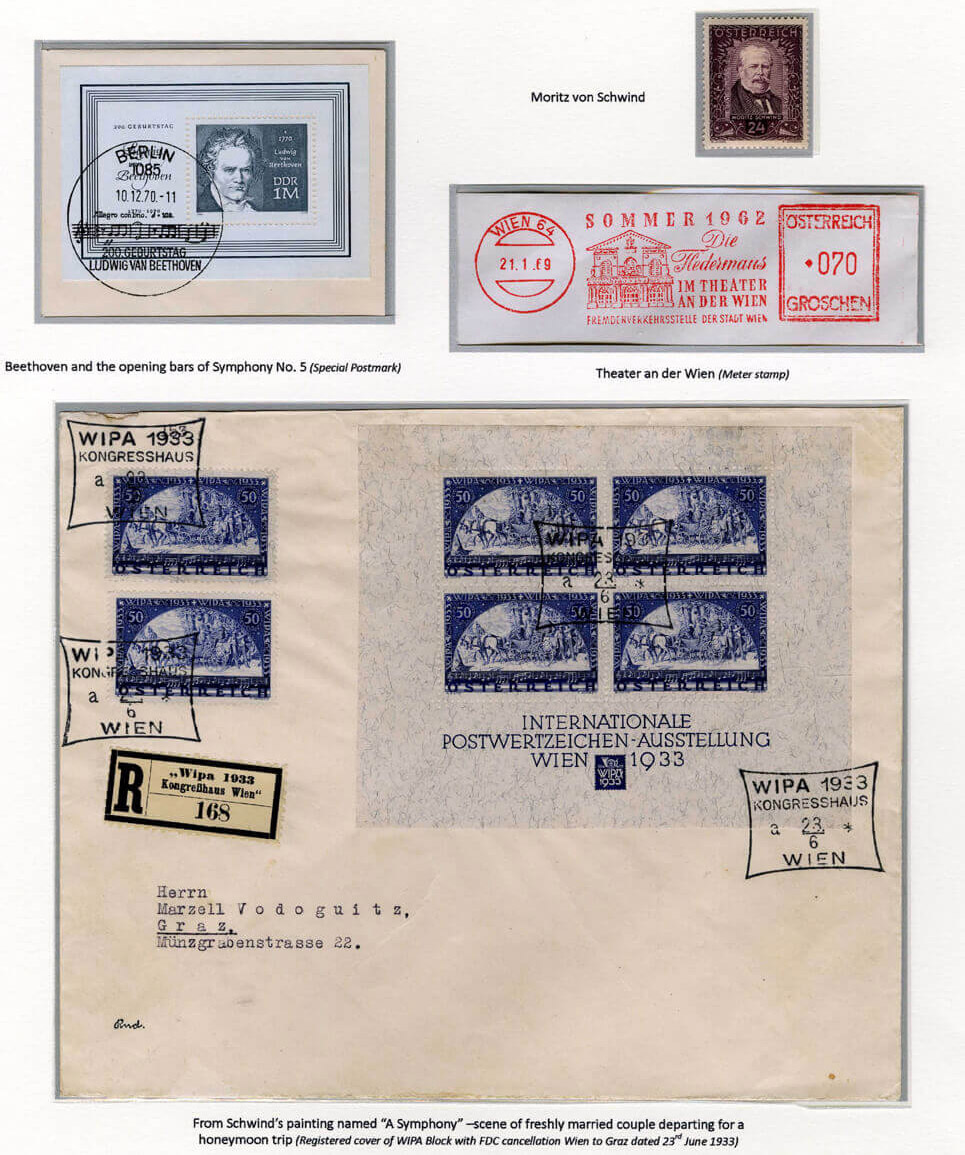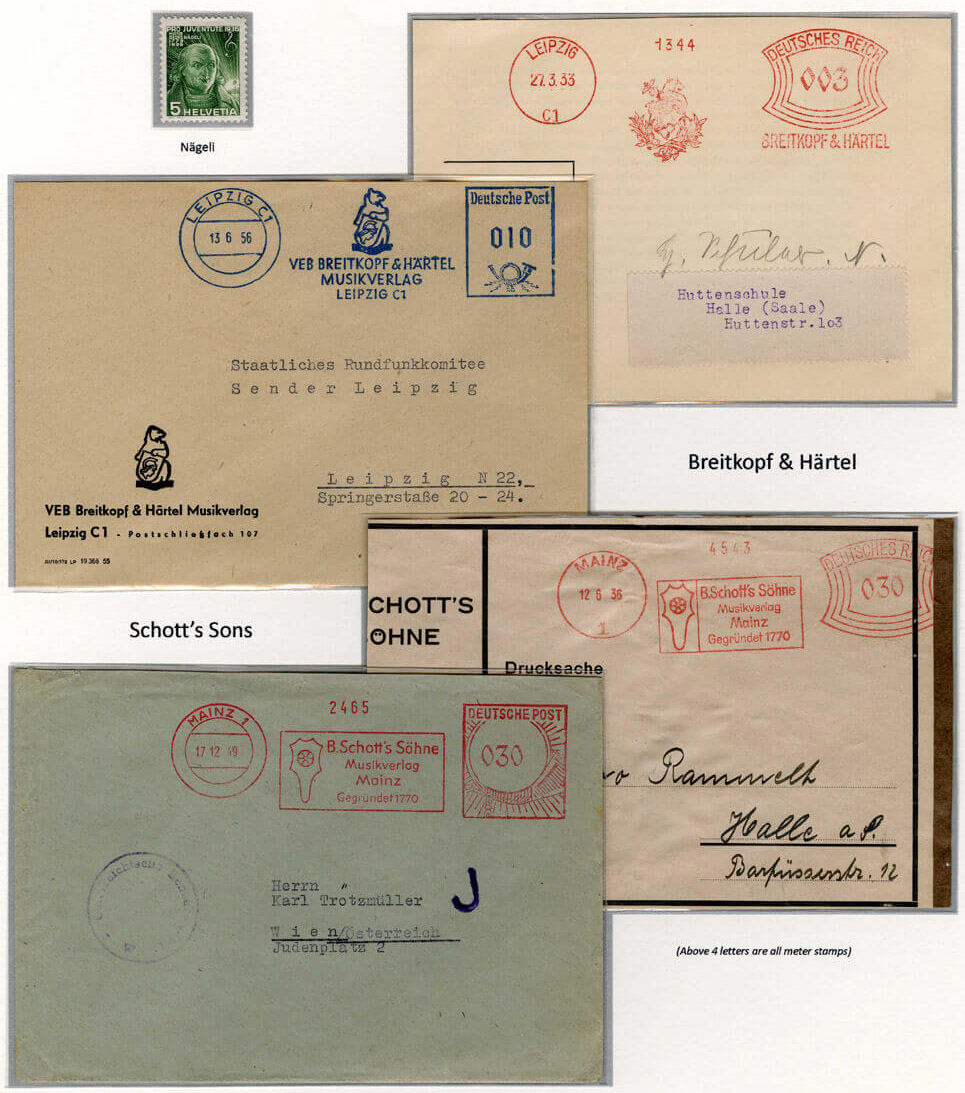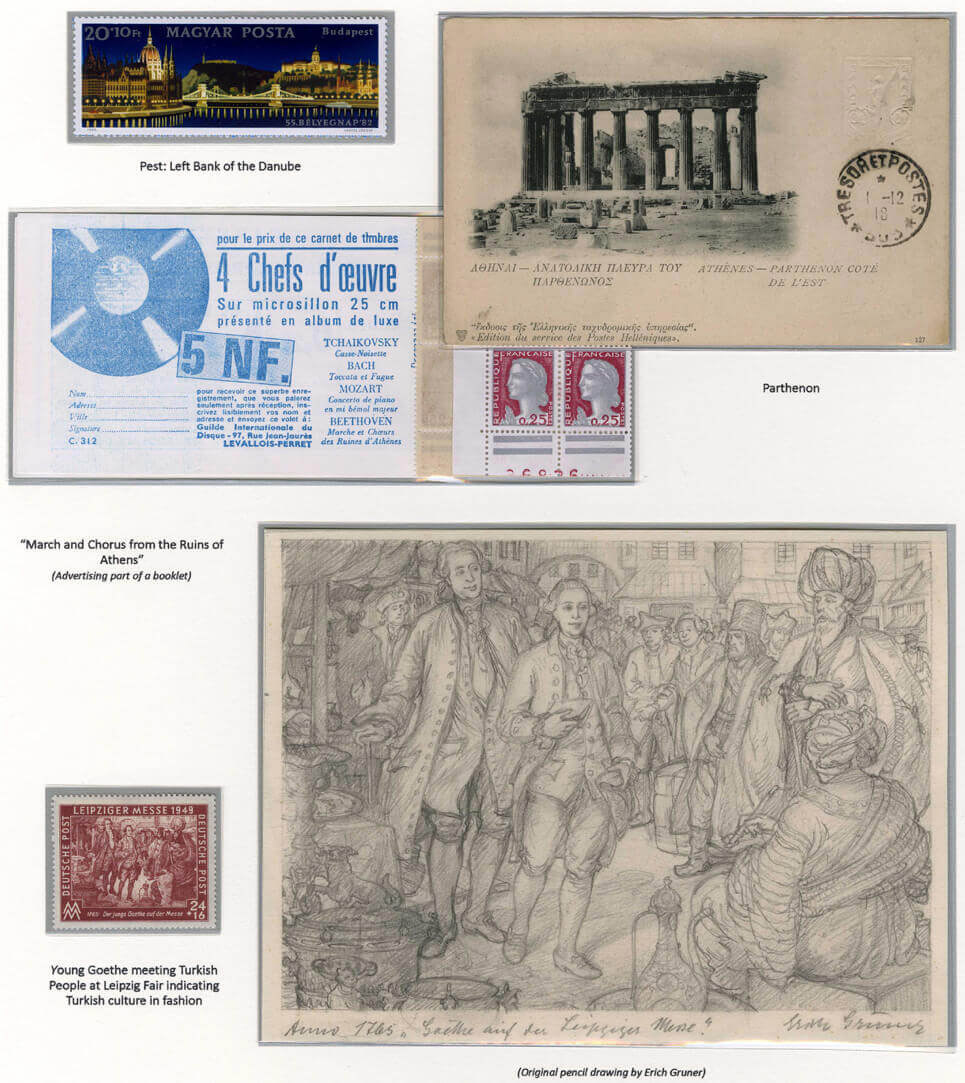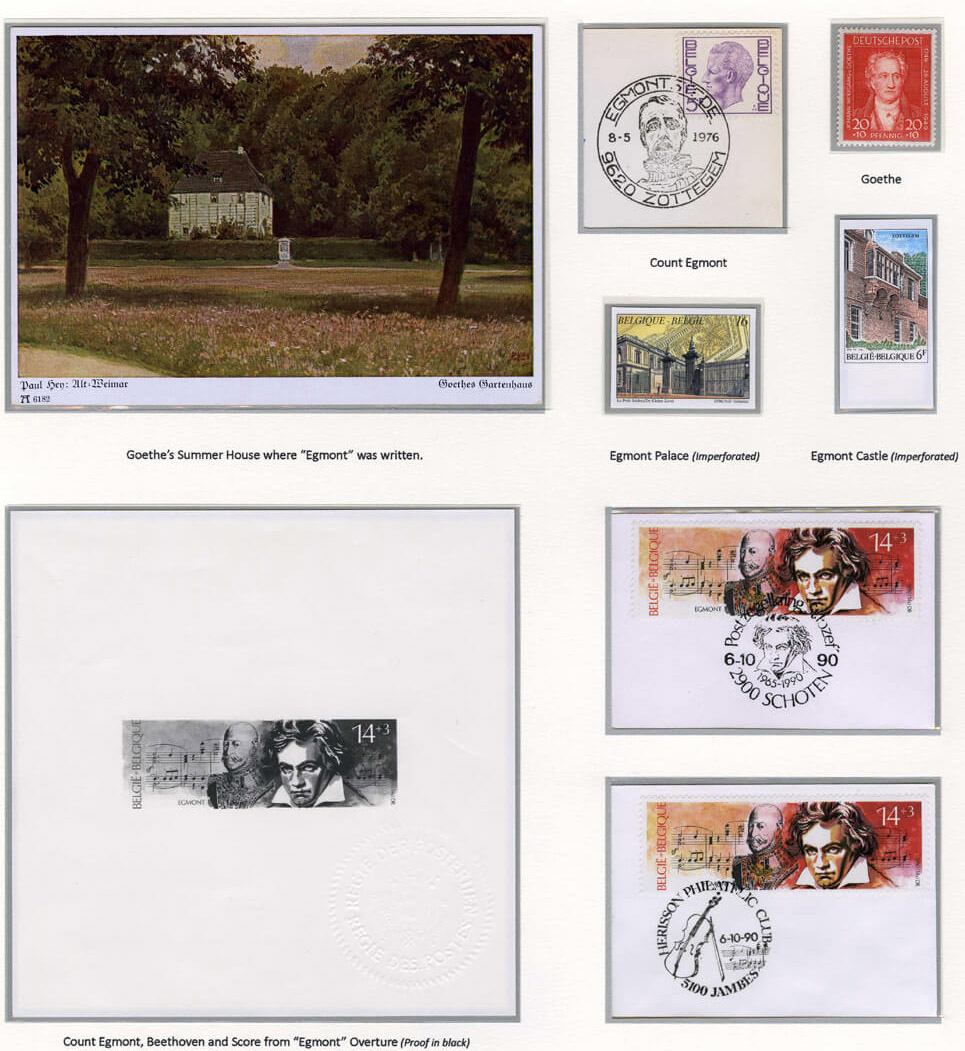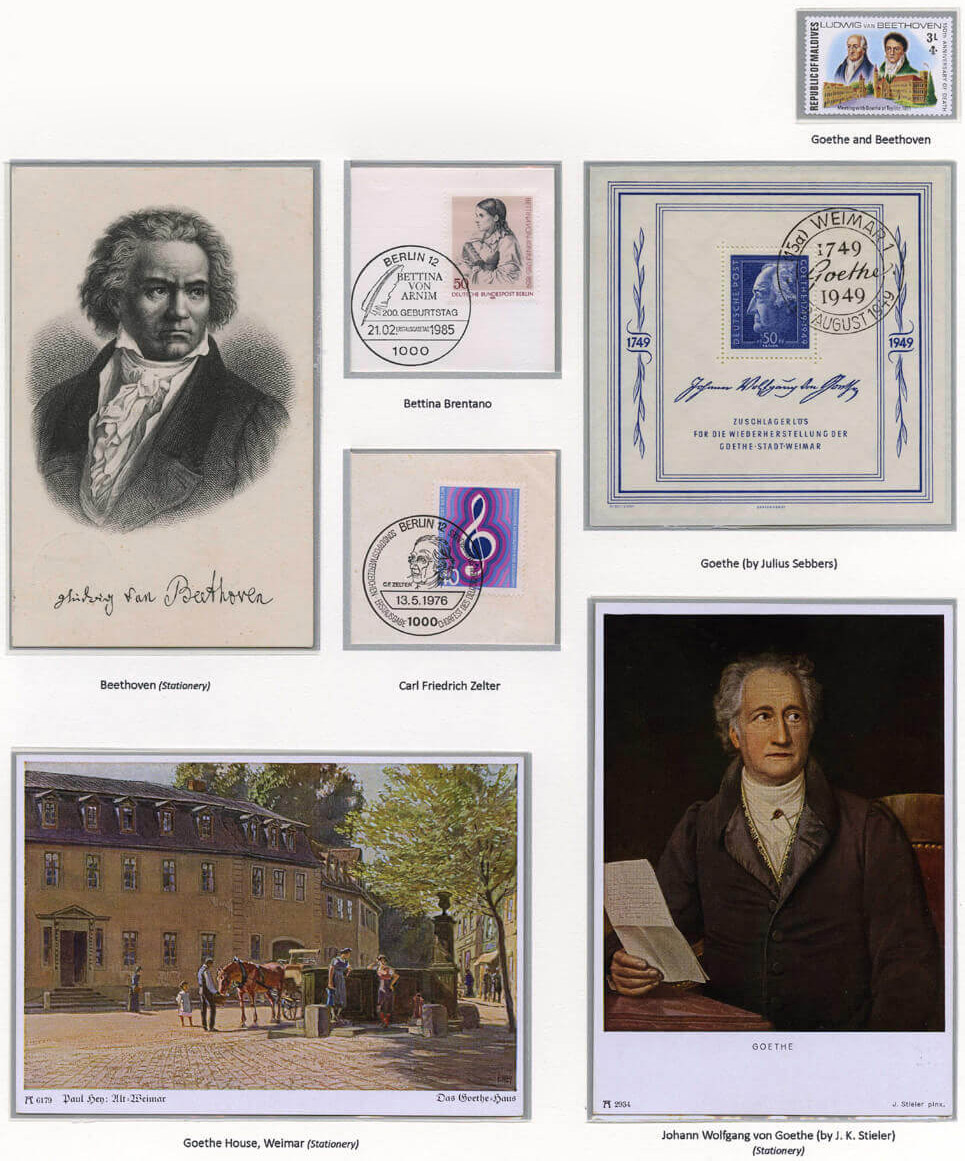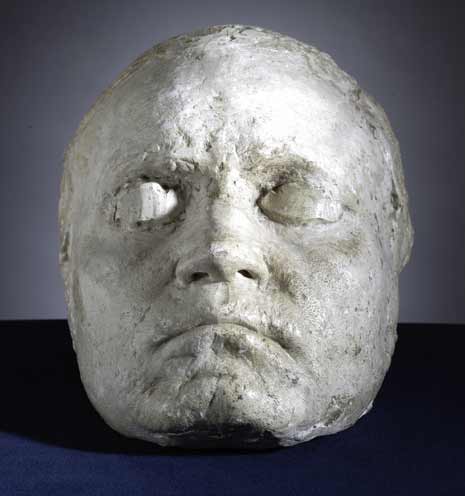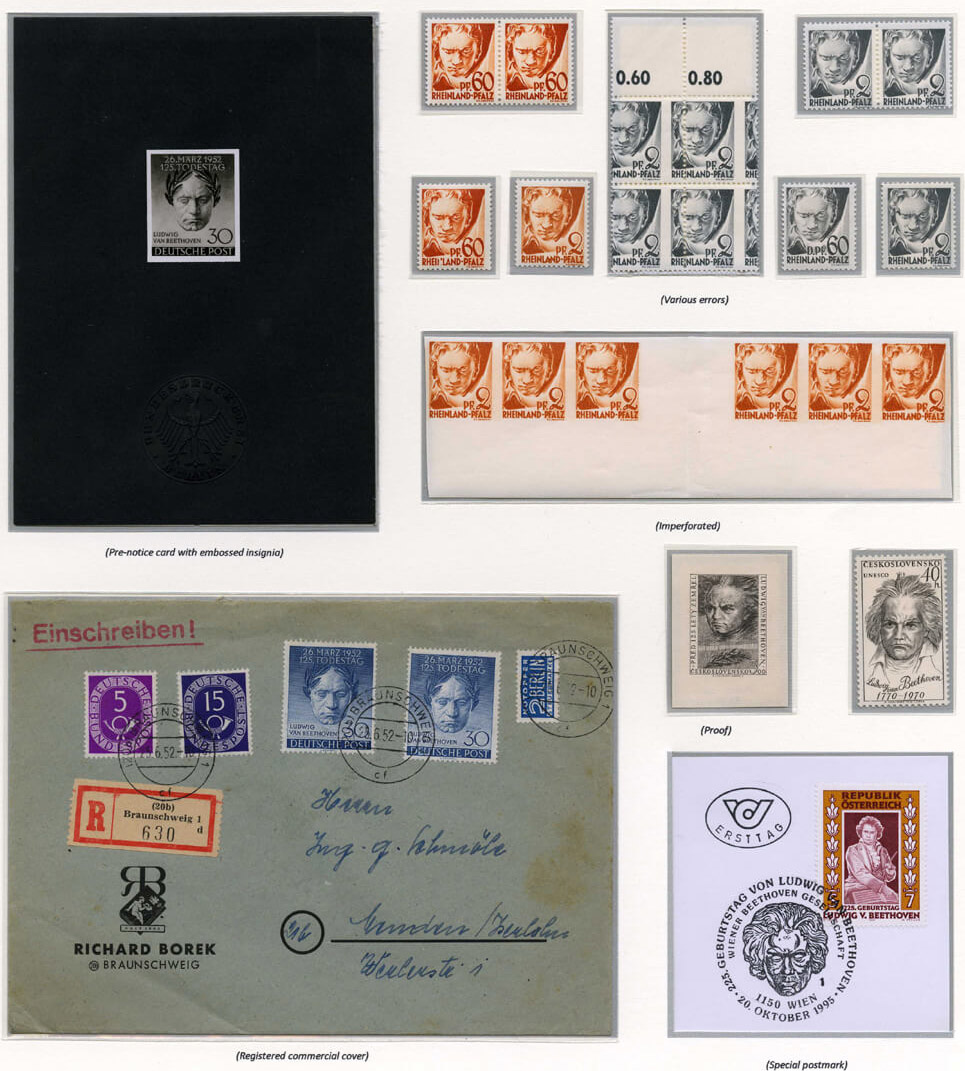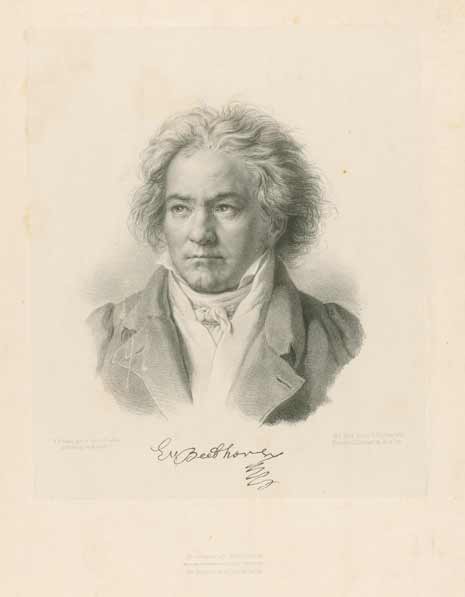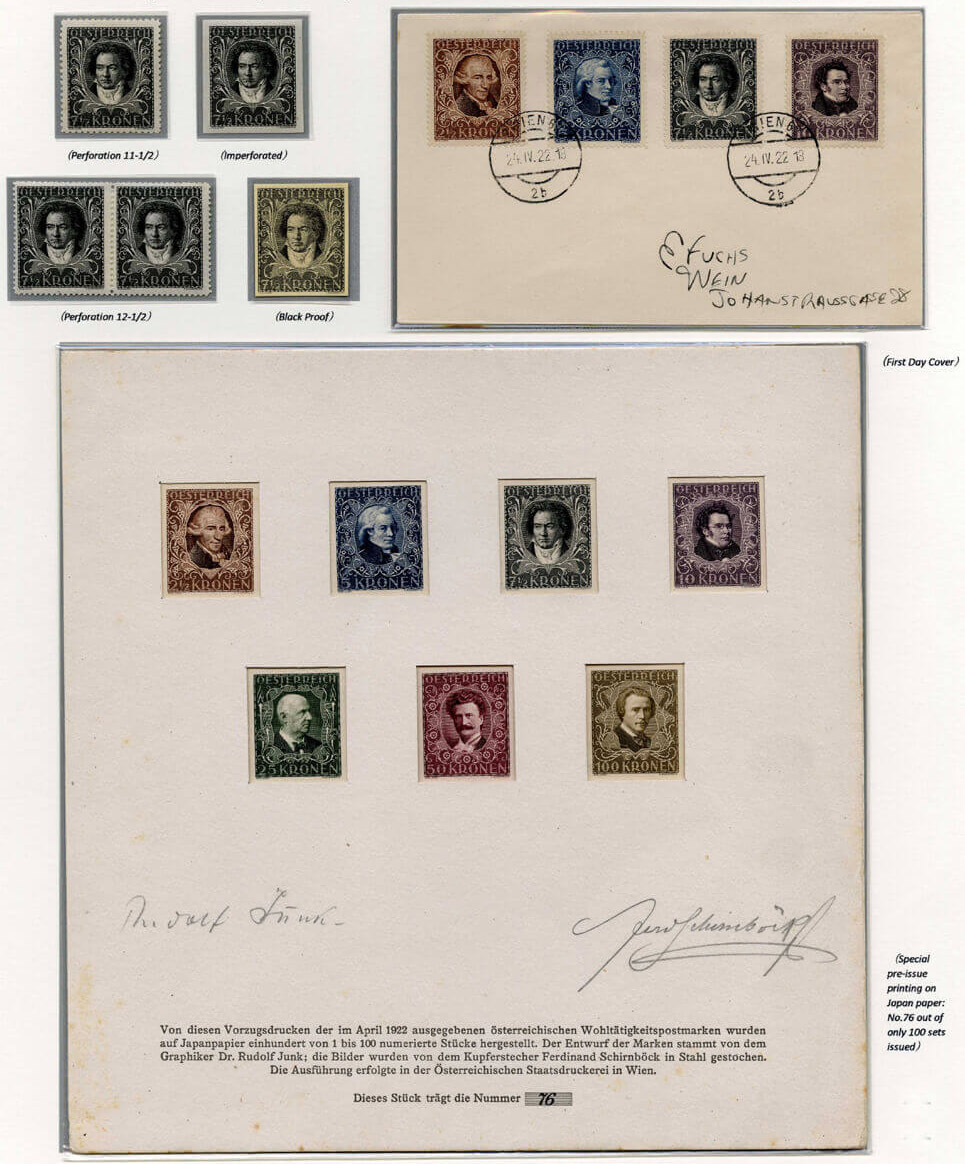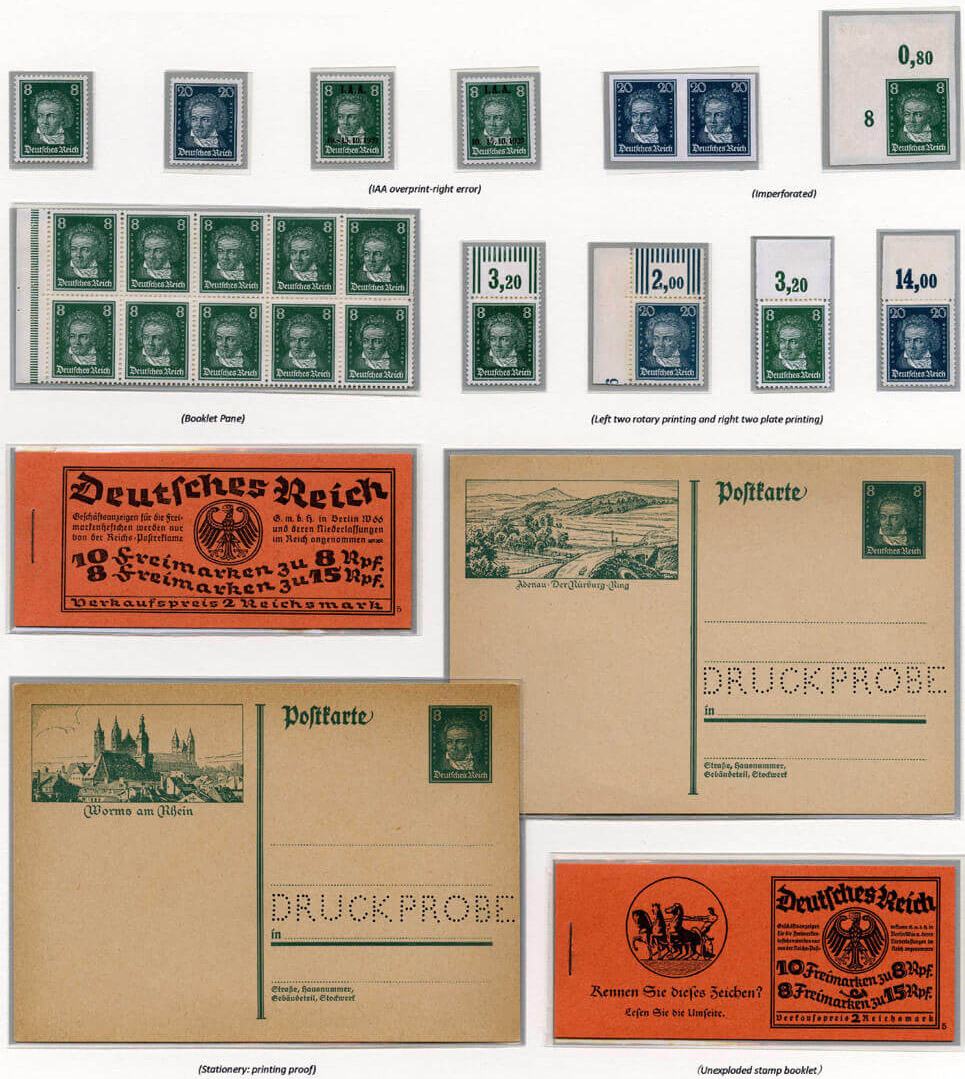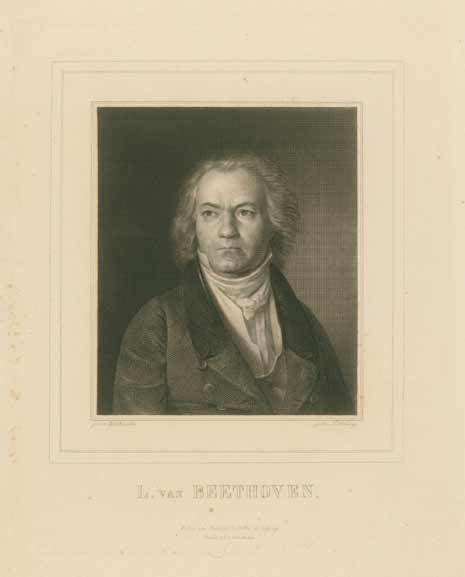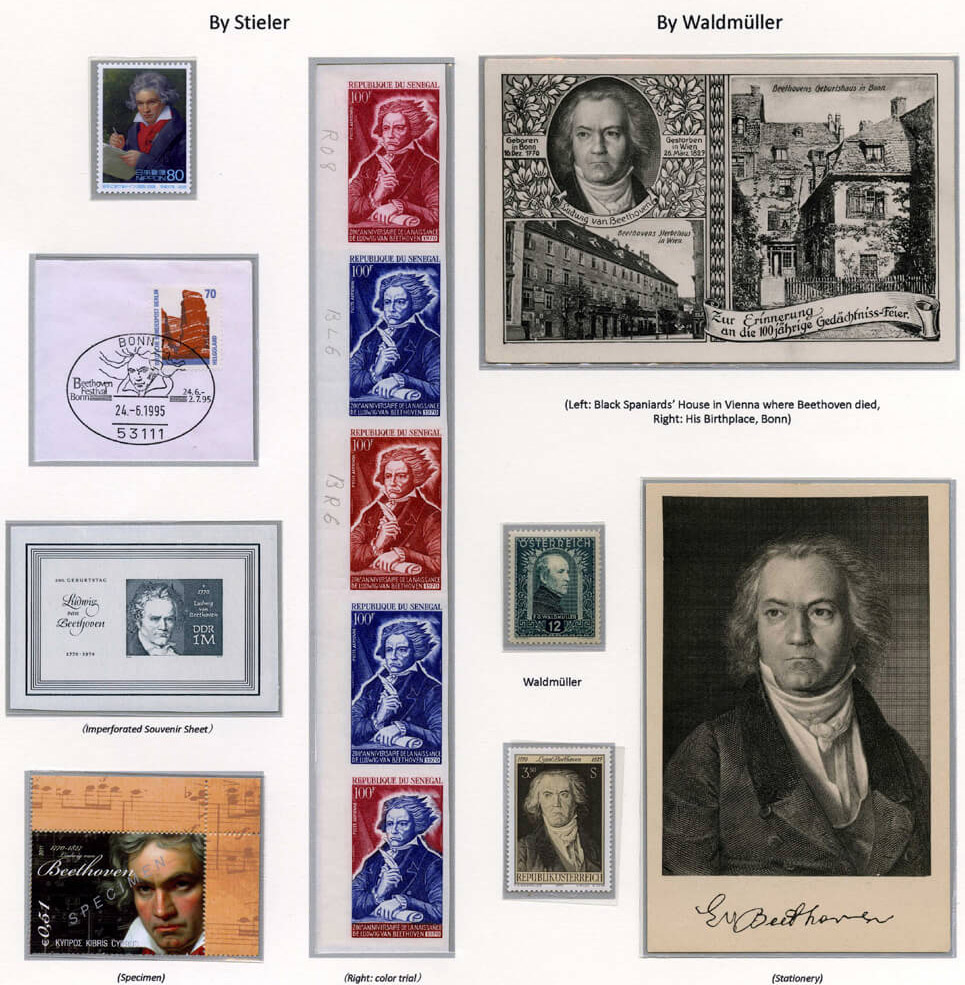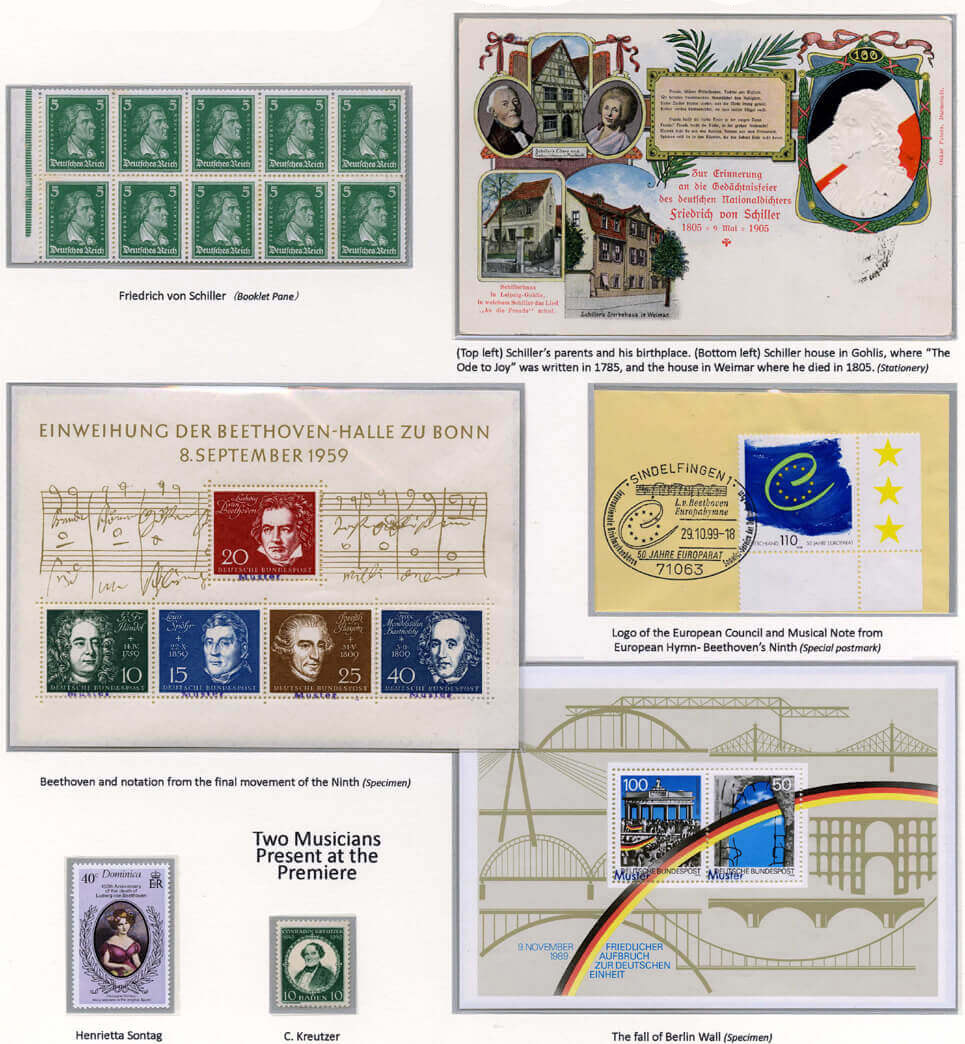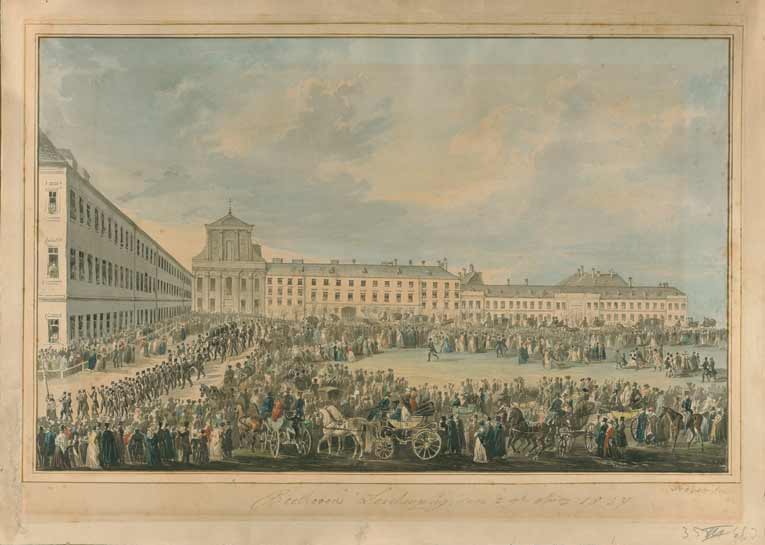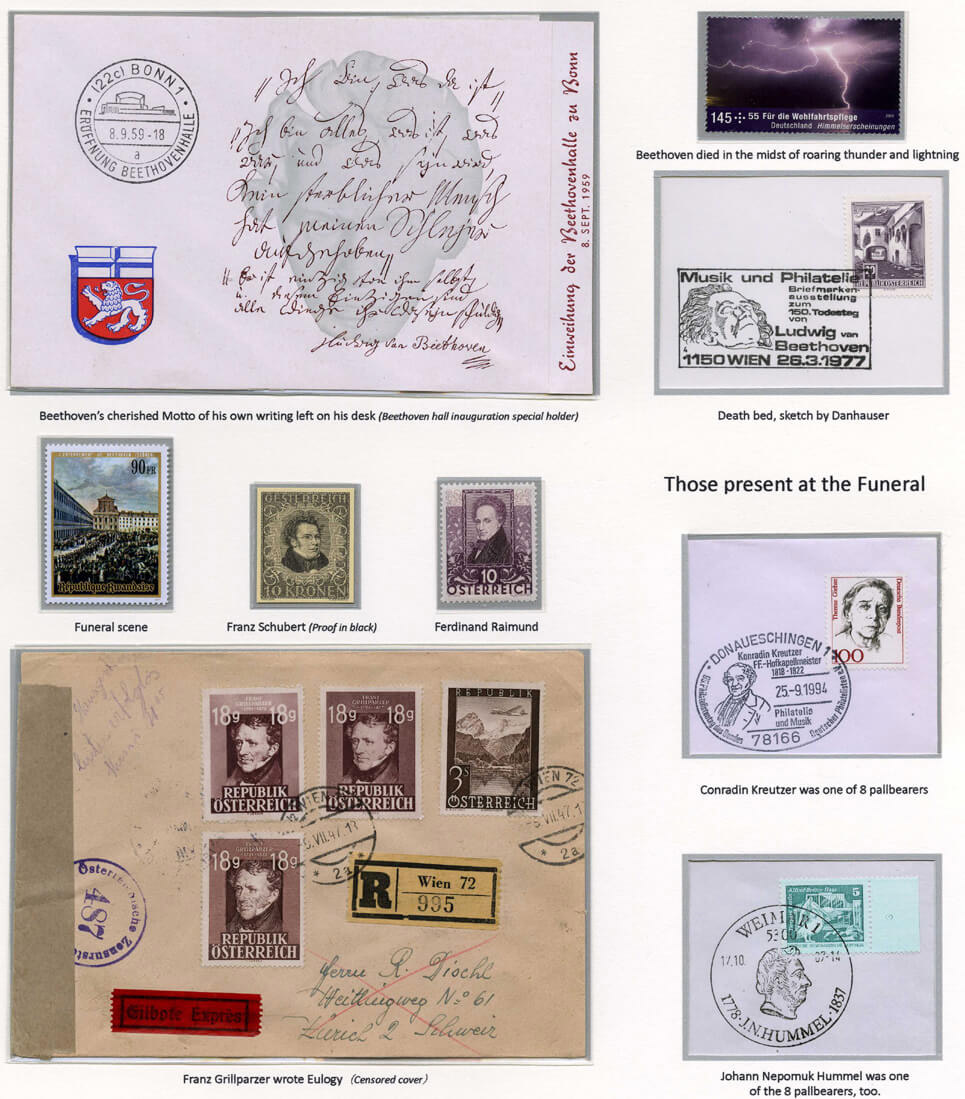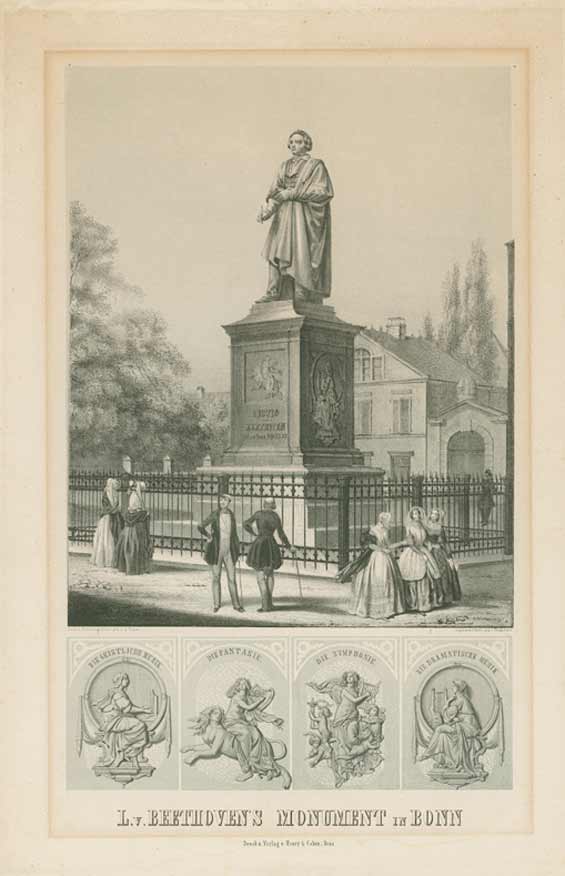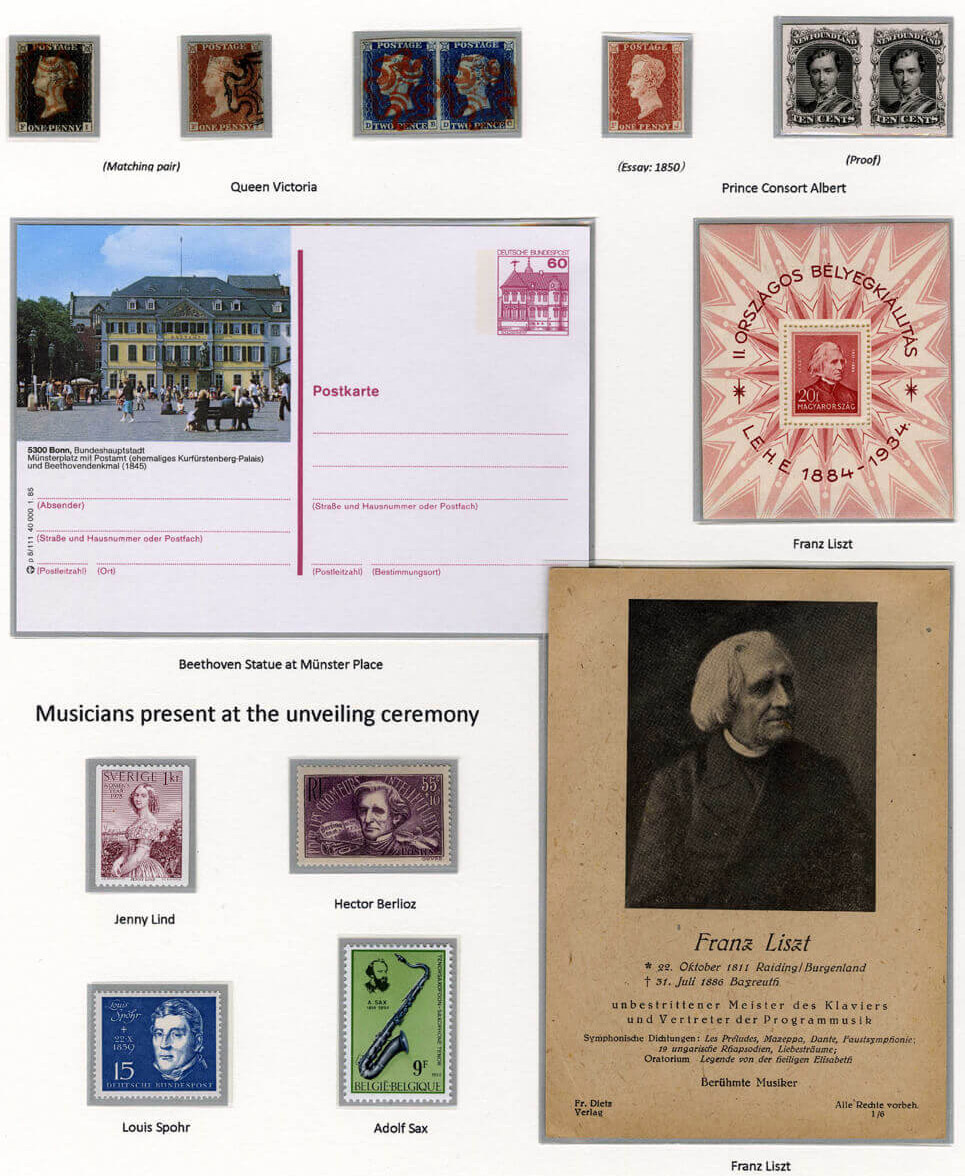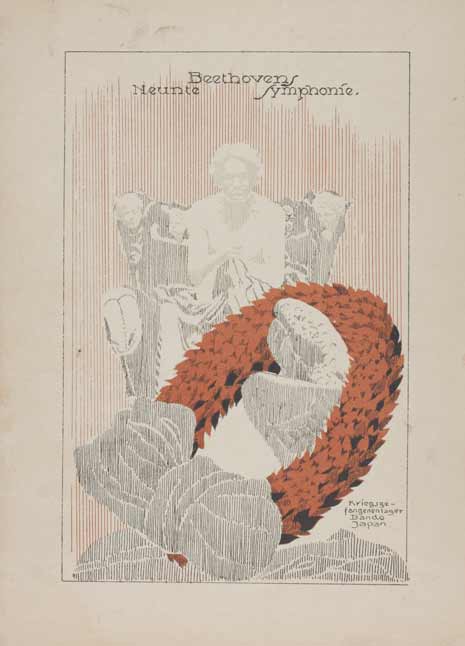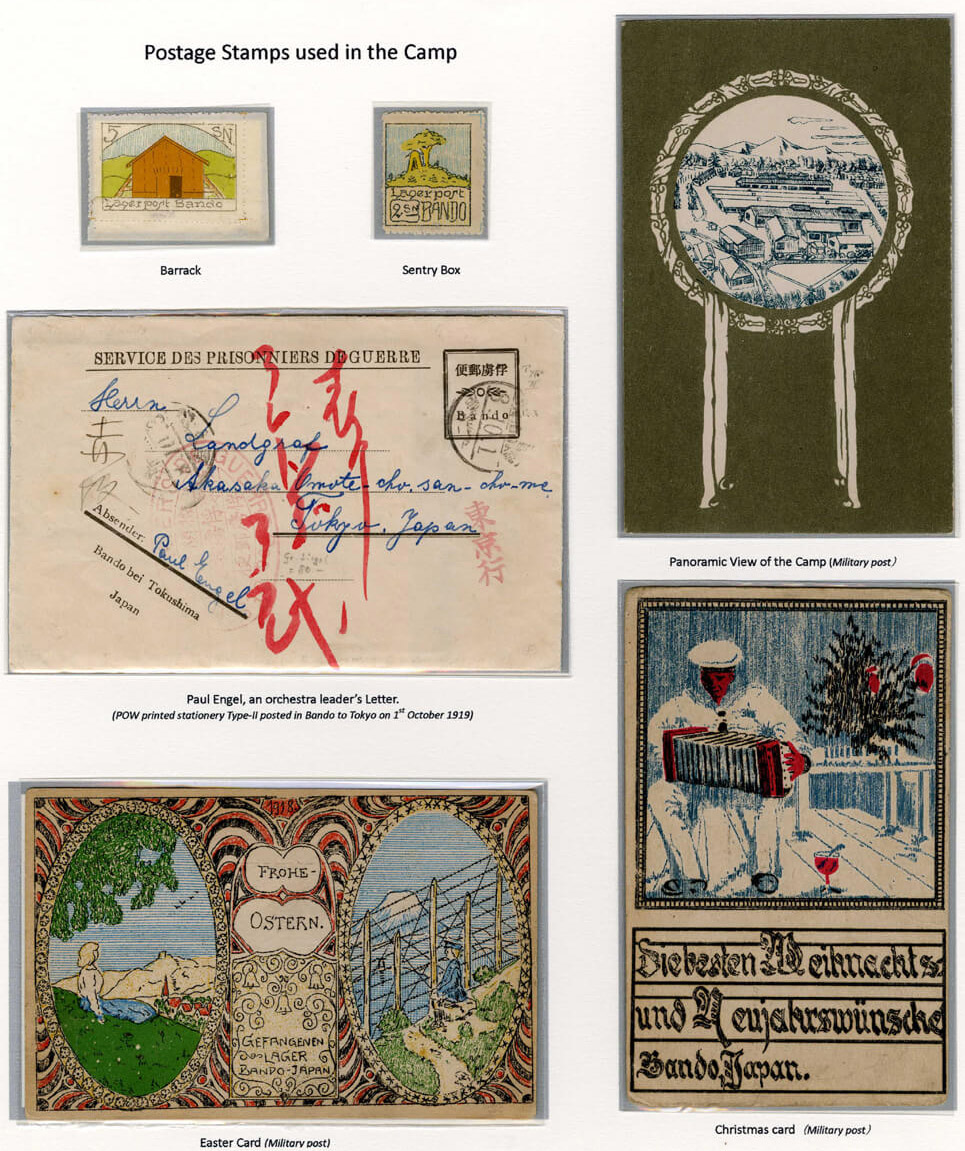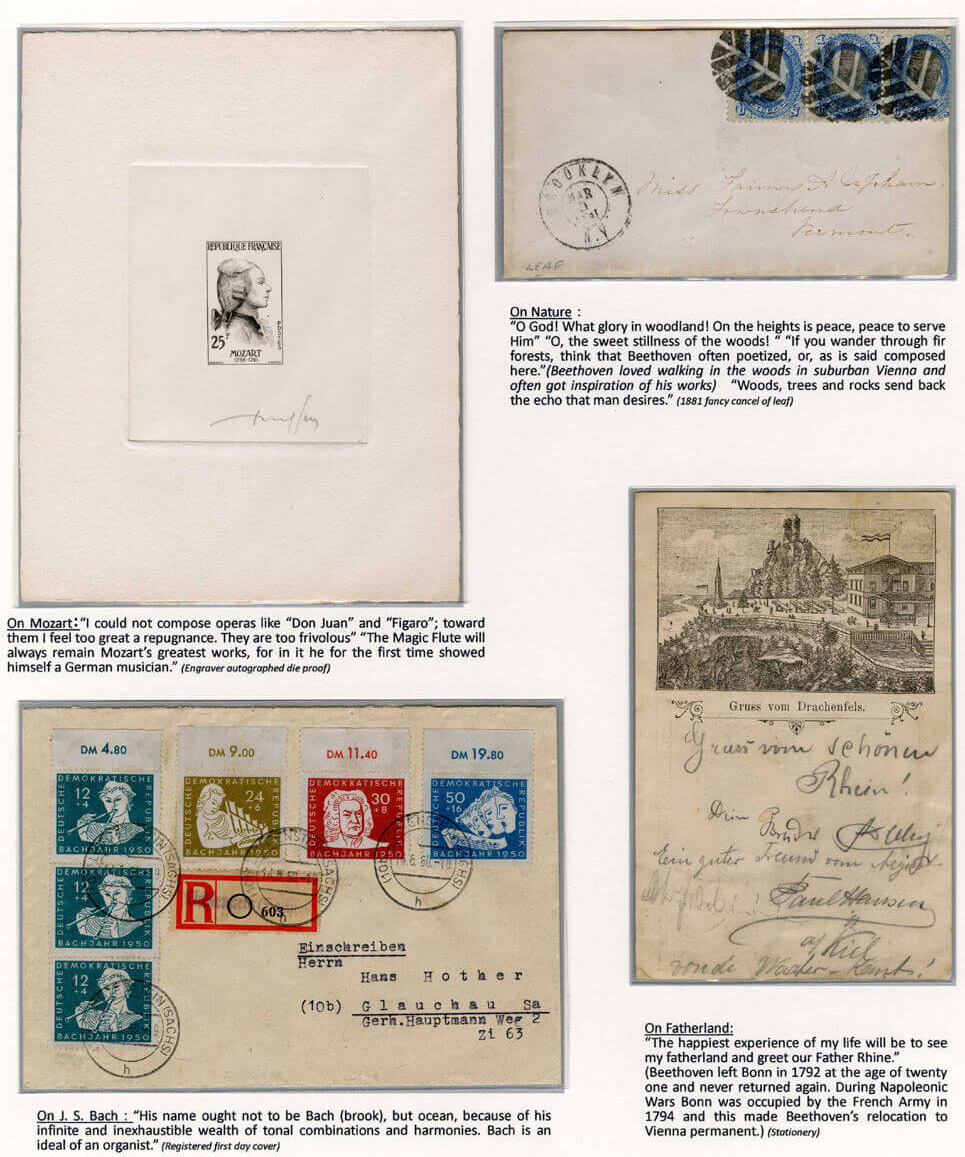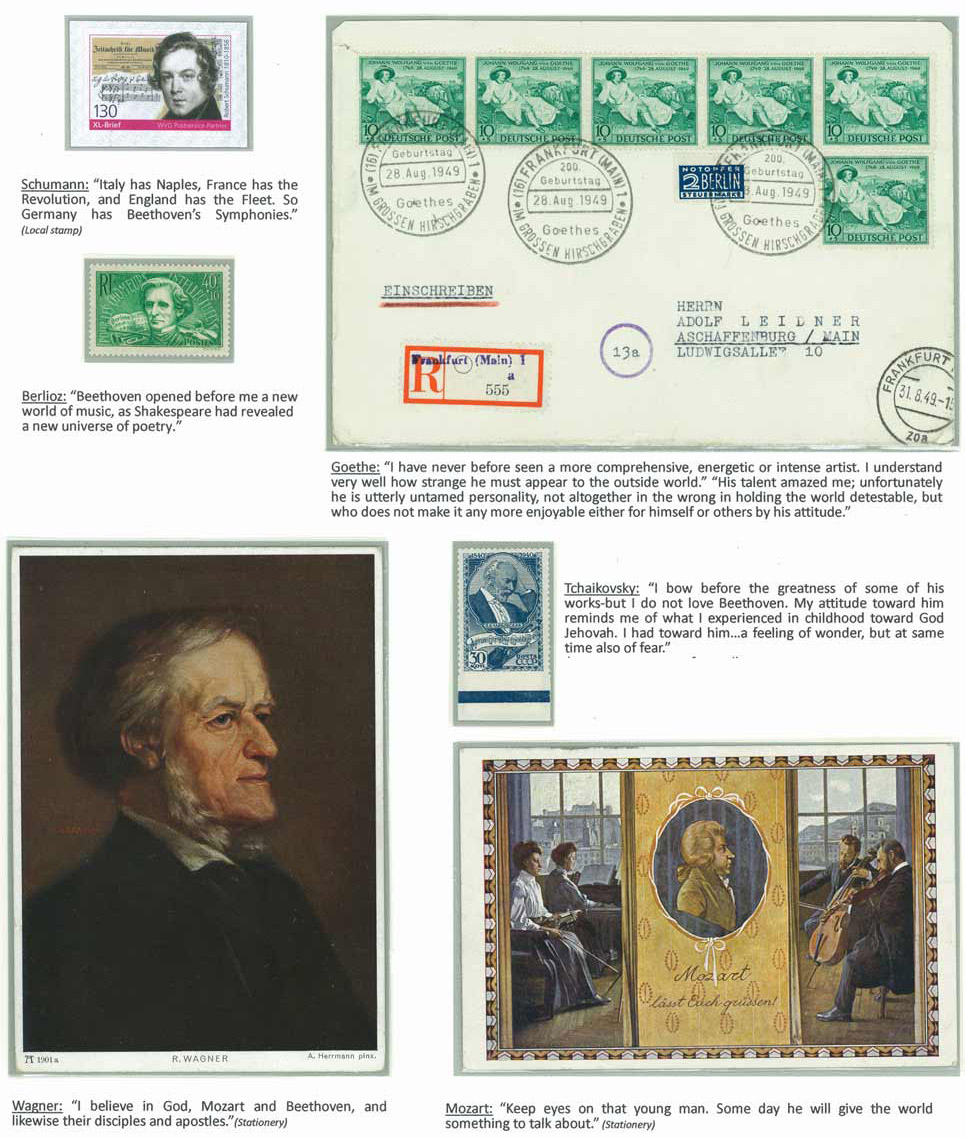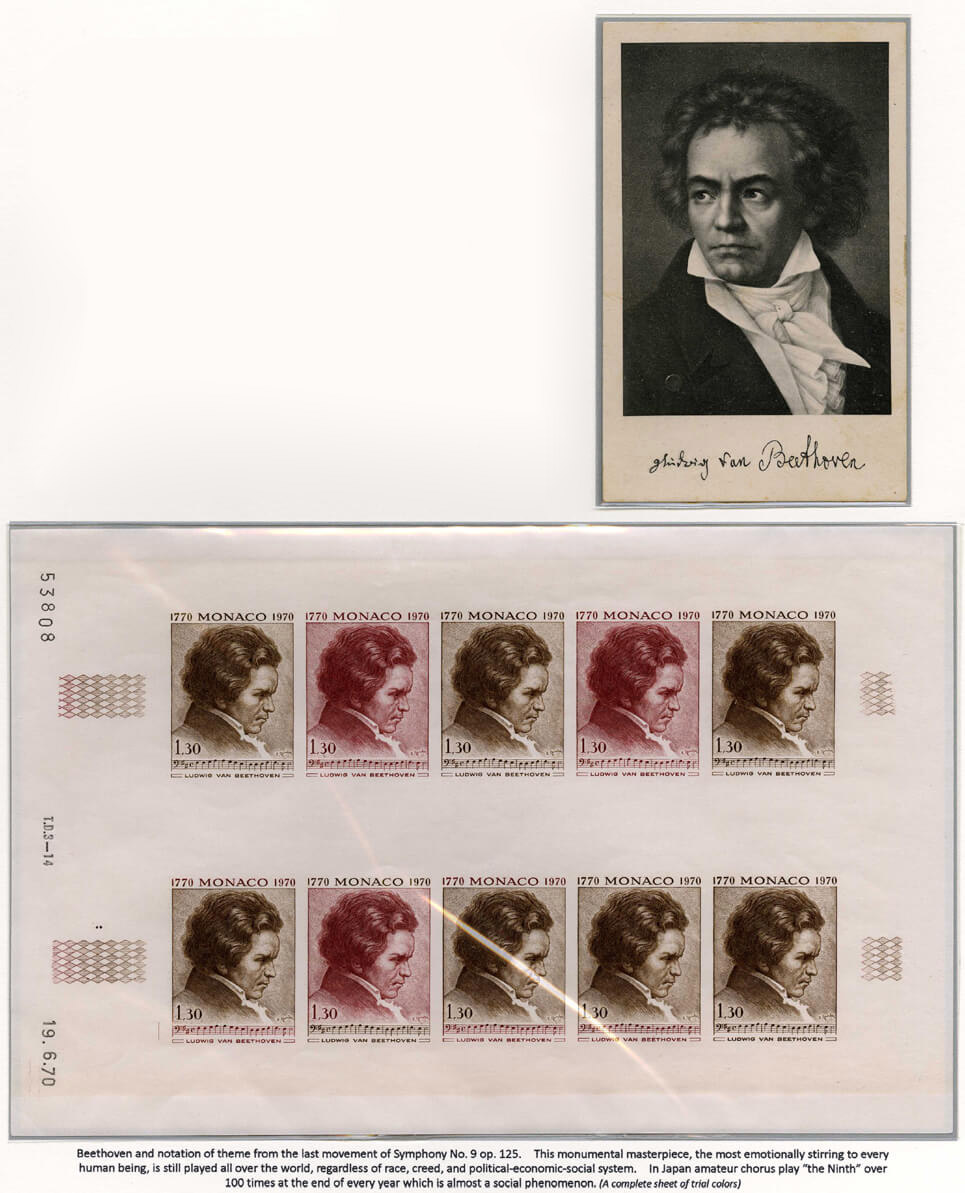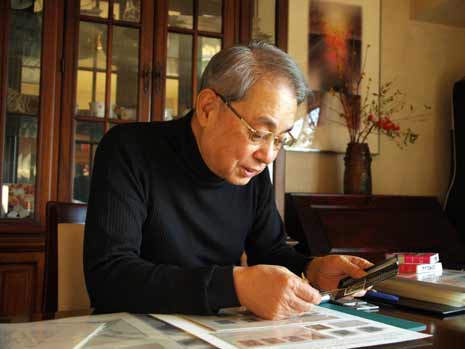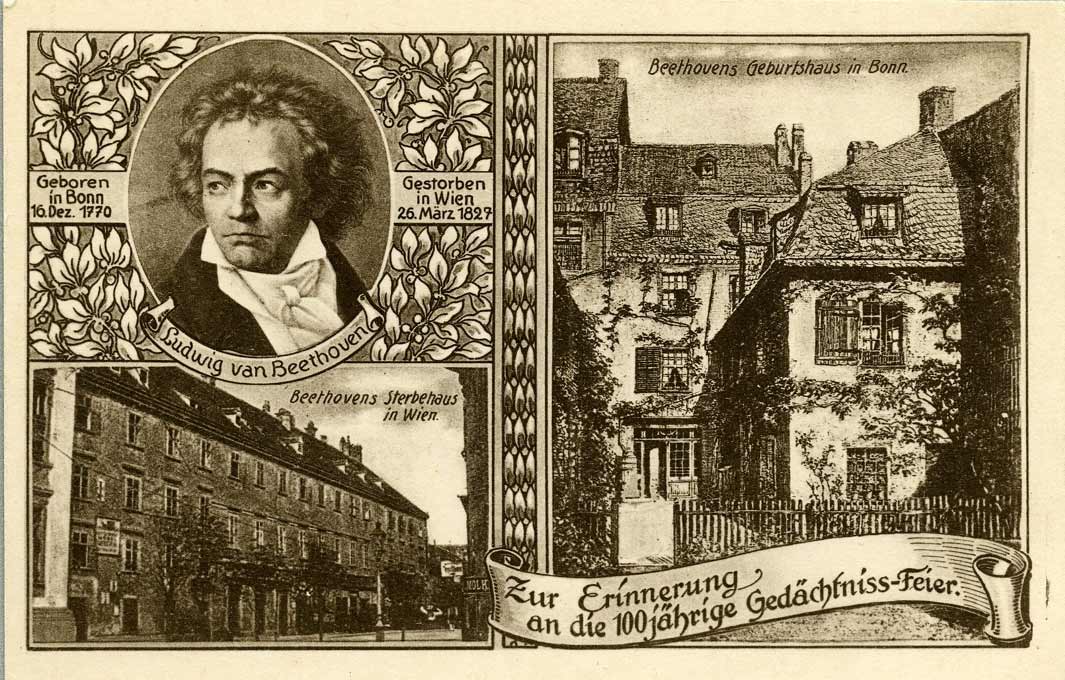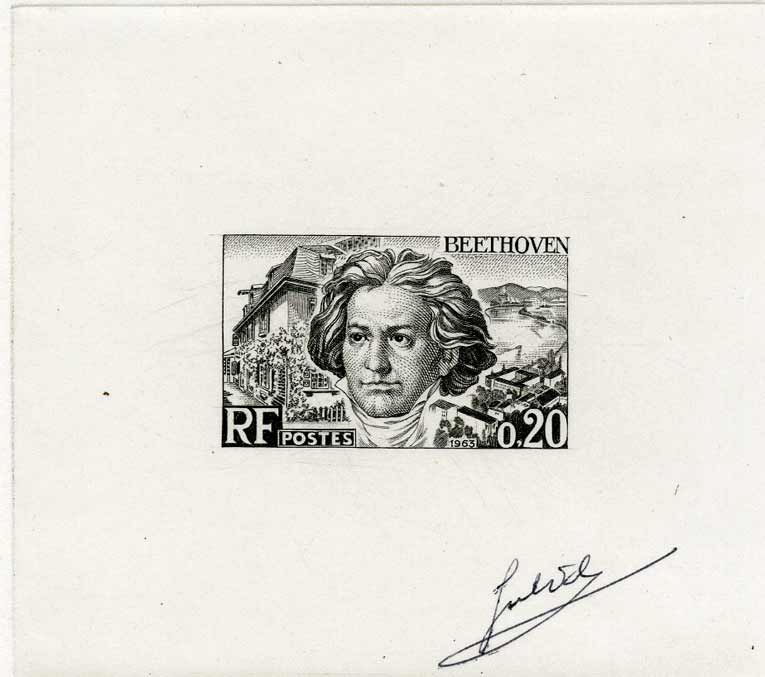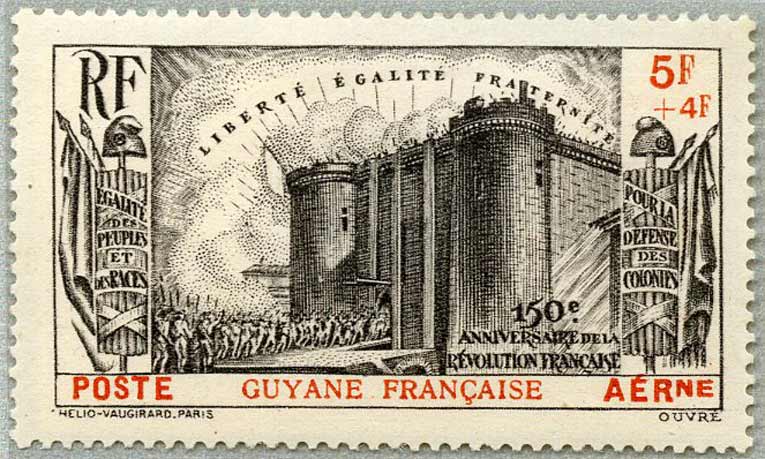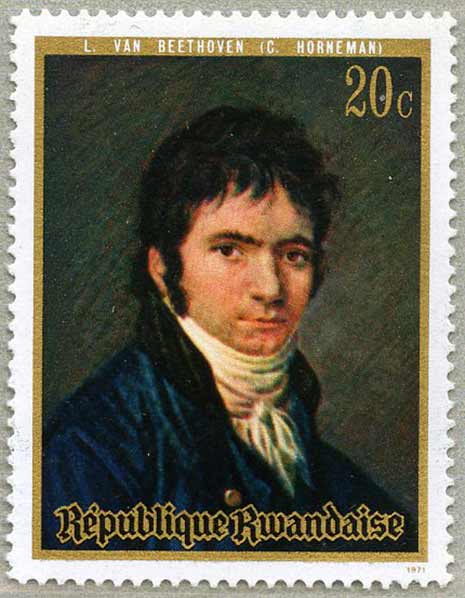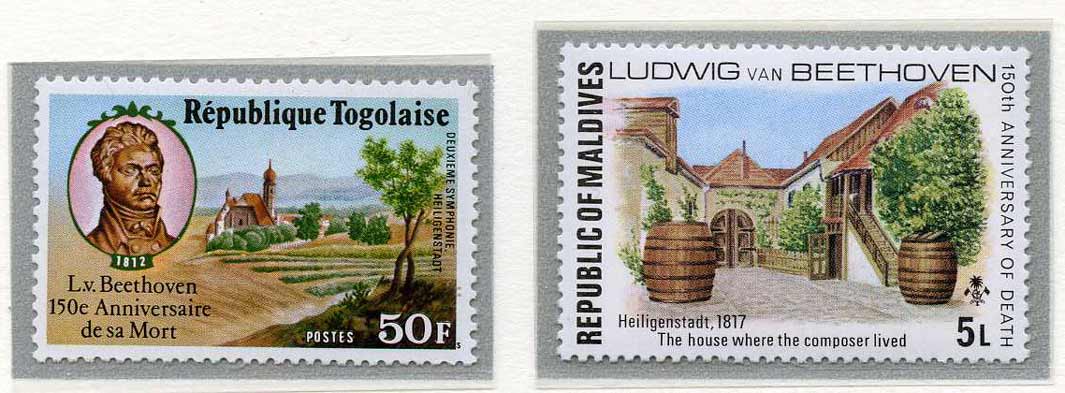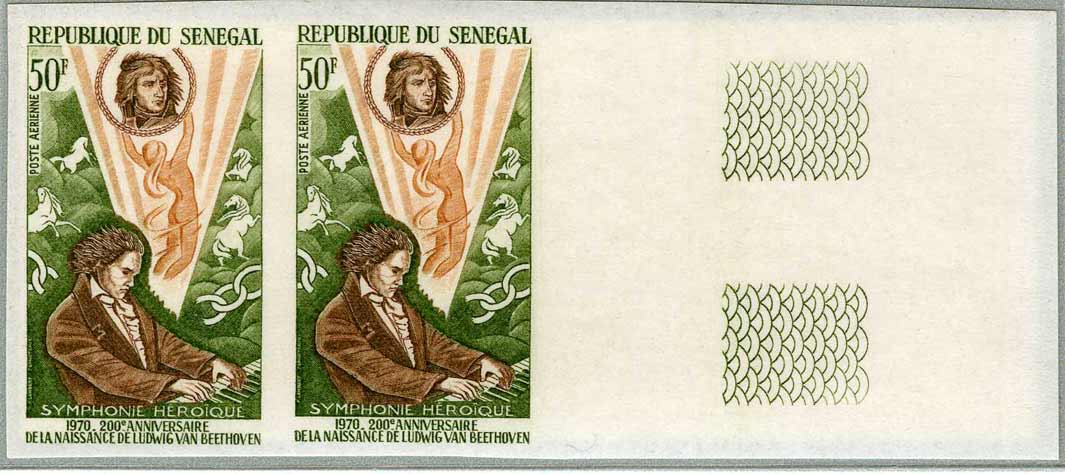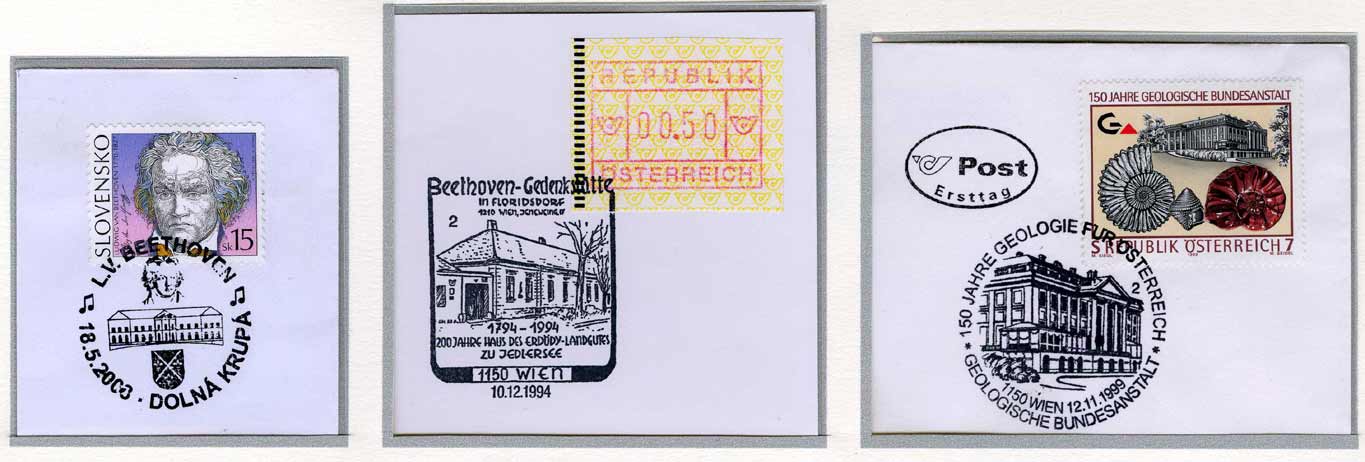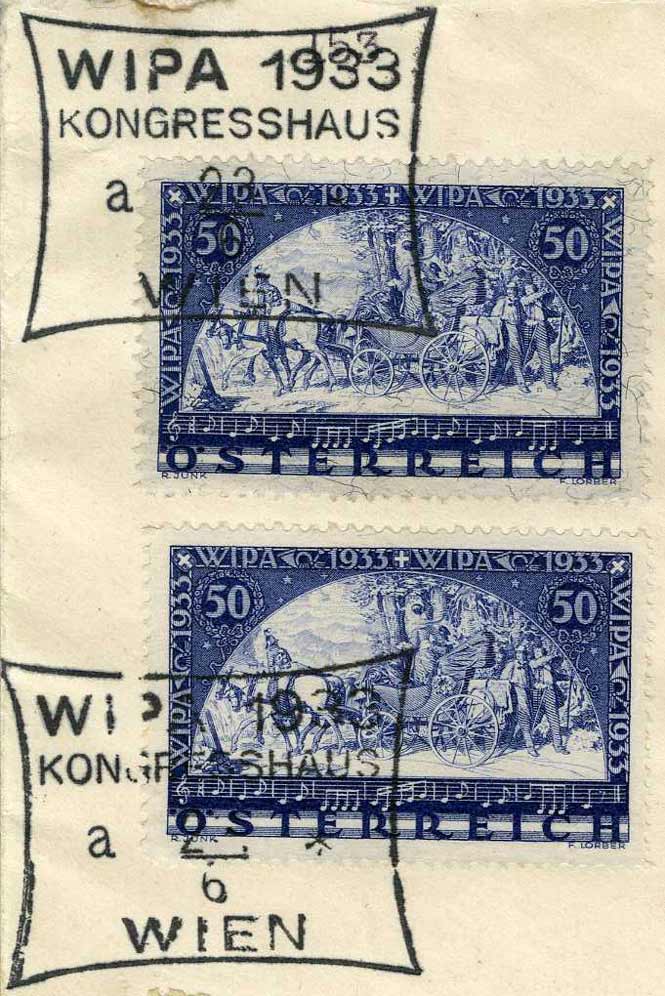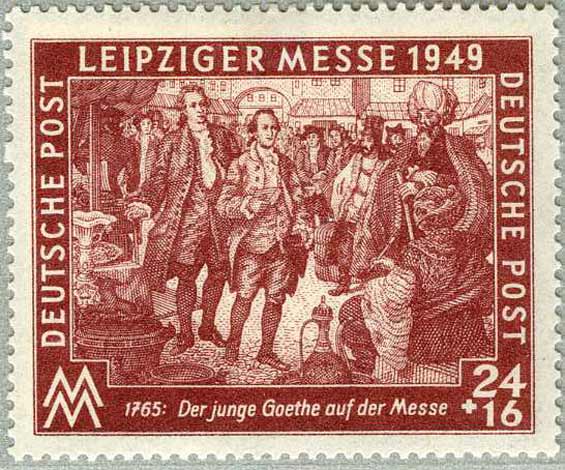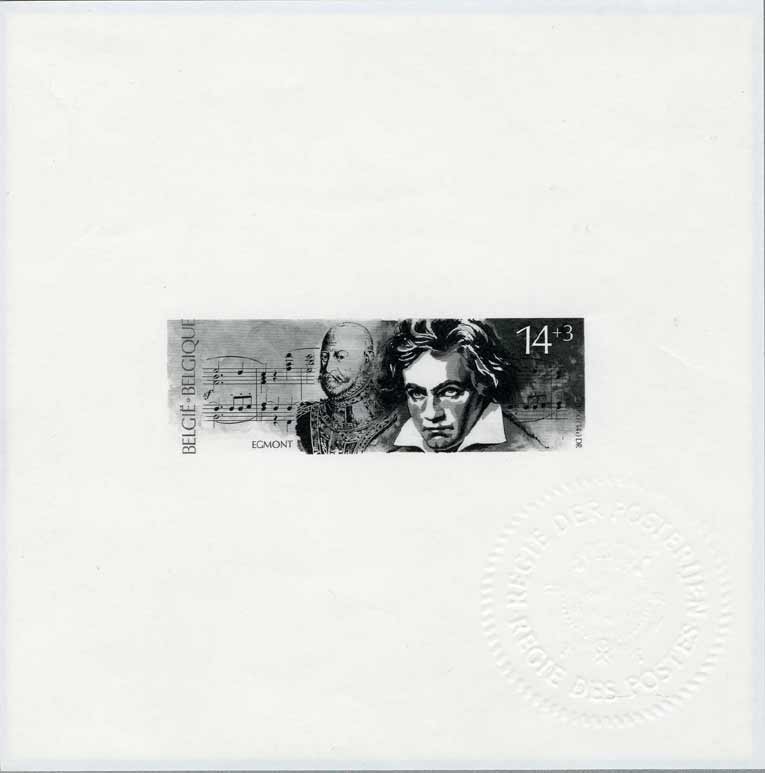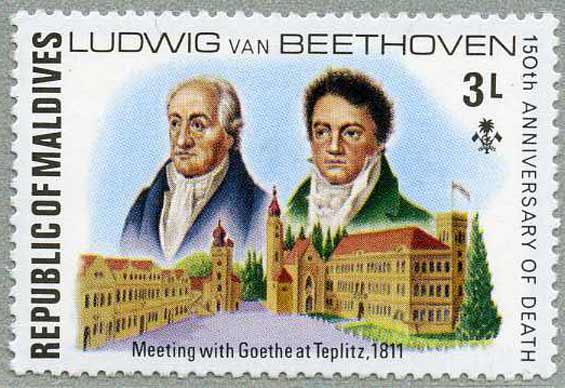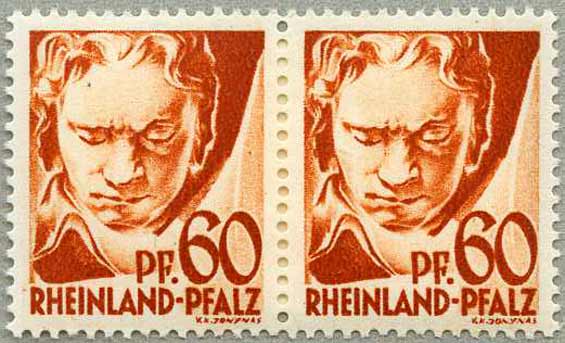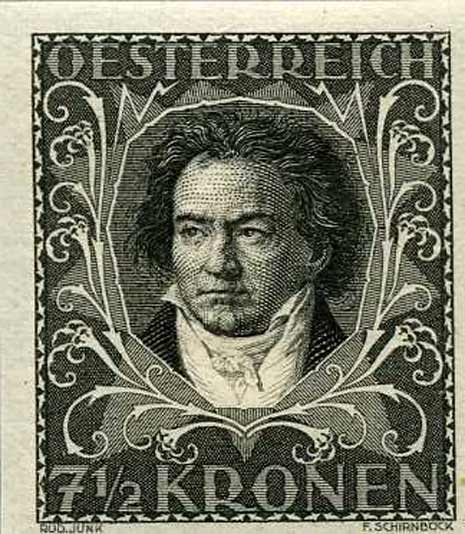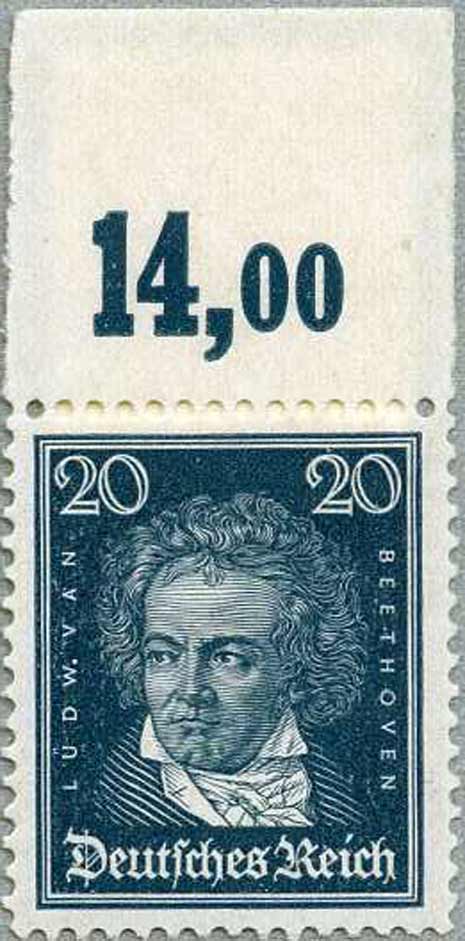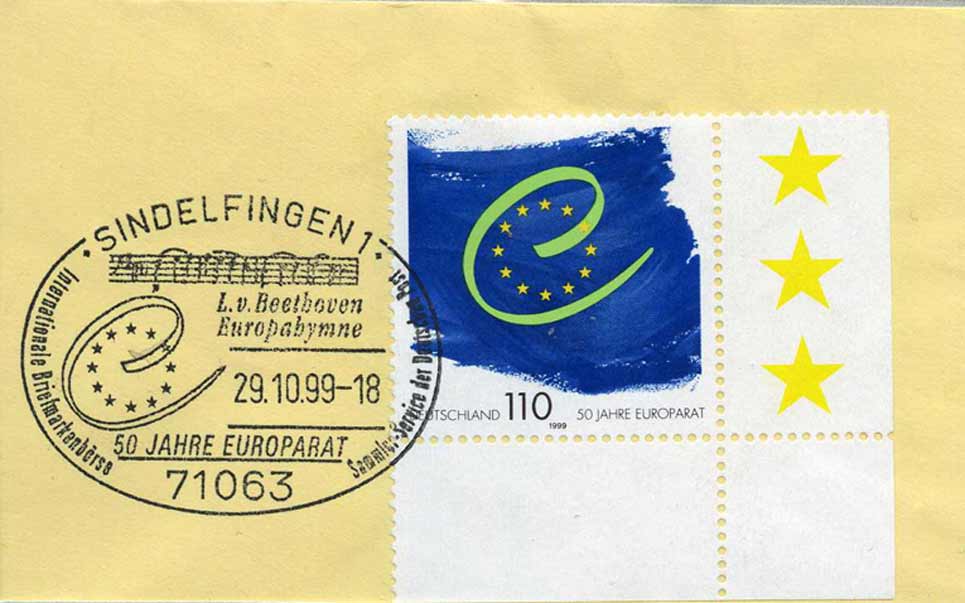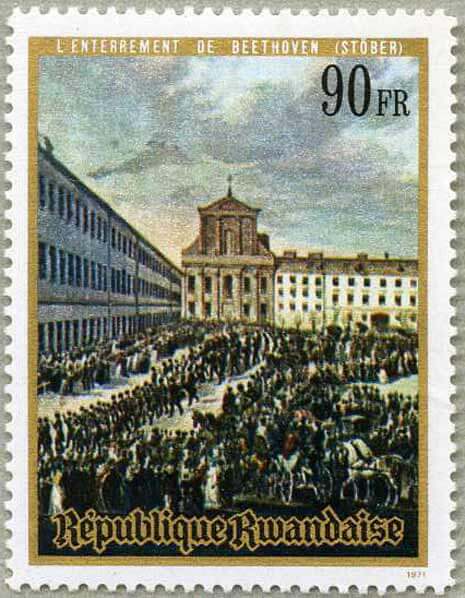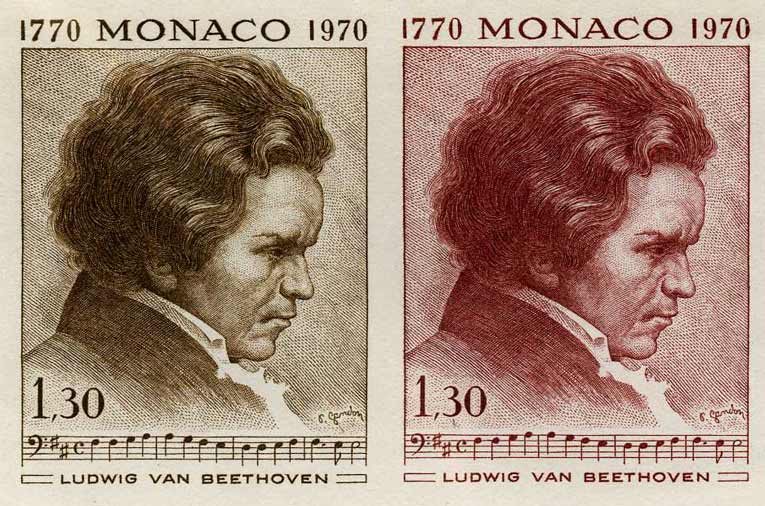Beethoven's Native Town Bonn, a Cultural City
When Beethoven was born, Bonn was a small rural town in Rhineland. Elector Max Franz (Reign: 1784-1794), an
enlightened monarch, enthusiastic for supporting youth, assisted Beethoven for his two visits to Vienna. He established
Bonn University, and thus Bonn, a cultural city, became a symbol of German Enlightenment.
Born into a Musical Family (1770)
Beethoven was born at Bonngasse 20, Bonn on 16th or 17th December, 1770. His grandfather Ludwig (1712-73) was a bass
singer and music director at the electoral court. His father Johann (1740-92) was a court tenor and music teacher. His
mother Maria Magdalena (1746-1787) was a daughter of kitchen overseer of Ehrenbreitstein palace. Beethoven received
his first musical training from his father.
Beethoven-Haus survived as a Museum and Archive
Beethoven's small birth house in the old town of Bonn has survived, thanks to the efforts of a group of twelve citizens of
the city. In 1889 they founded the "Beethoven-Haus Society" and bought the house and established it as a place of
memorial. Today, as a museum and a research centre with a huge collection, it enjoys a world-wide reputation as the
centre of excellence concerning Beethoven.
Encounter with Mozart, Prodigy of Salzburg (1787, 16 years old)
Beethoven's father dreamt of bringing his son up like the prodigy of Salzburg (Mozart). In 1787 16-year-old Beethoven
visited Vienna to learn from Mozart, remaining there about two months. It is said that Beethoven played an improvised
music in the presence of Mozart. If ever he met Mozart, this was the only occasion that two geniuses could meet each
other.
French Revolution (1789, 18 years old), Sympathizing with "Liberty, Equality and Fraternity"
On 14th July 1789, the year when Beethoven enrolled at Bonn University, the storming of Bastille took place setting the
stage for French Revolution. Beethoven, a sensitive youth, felt deep sympathy with French Revolution and its slogan
"Liberty, Equality and Fraternity". Later this experience gave a profound impact on his works.
Meeting Joseph Haydn in Bonn (1792, 21 years old)
In July 1792 Beethoven met Haydn at Redoute in Bonn during his return journey from London to Vienna. By showing his
own compositions Beethoven was accepted by Haydn as his pupil. In November Beethoven left Bonn for Vienna with his
patron Waldsteln's famous farewell words "With the help of assiduous labor you shall receive Mozart's spirit from Haydn's
hands."
Vienna, a Dream City (1792, 21 years old)
In November 1792 he arrived in Vienna bearing introductions from Count Waldstein and the Invitation to study with
Haydn. Through these connections he gained access to the houses of hereditary nobility. His first decade in Vienna was an
unbroken series of triumphs. The expected stay in Vienna was one year, but he never saw his hometown again.
Beethoven's Mentors (1793-1802, 22 to 31 years old)
Beethoven's lessons with Haydn began in early 1793. However Haydn devoted little time to them as he was preoccupied
with his next trip. When Haydn left for London again in January, 1794, Beethoven turned to Johann Georg Albrechtsberger
for tuition in counterpoint, fugue and canon. From around 1800 to 1802, Beethoven learned Italian vocal and opera style
from Antonio Salieri.
Grand Tour (1796, 25 years old)
In 1796 Beethoven made a half-a-year trip to Prague, Dresden, Leipzig and Berlin. In Prague he spent about two months
with aristocrats and music lovers including the Duscheks and gave a concert. In Dresden, he performed in the presence of
the Elector of Saxony, Frederick Augustus Ill. In Berlin he played for Friedrich Willhelm II and performed at Singakademie
presided by C. F. Fasch & C. F. Zelter.
Moonlight Sonata (1801, 30 years old) and Heiligenstadt Testament (1802)
Beethoven composed "Sonata quasi una fantasia"
(op.27 No.2) and dedicated it to Countess Giulietta
Guicdardi with whom he was mutually in love. This
piano sonata was later dubbed "Moonlight Sonata" as
Swiss poet Rellstab compared the stillness of its first
movement to a small boat floating on
moonlight-shone ripples of the Lake Luzem.
In early 1800s Beethoven came out with big pieces like
Symphonies Nos.1 and 2. But an extreme hardship
was waiting for him. That was deafness, something
fatal to a musician. In 1802 he wrote "Heiligenstadt
Testament'', which was fournd after his death. This was
a voice full of anguish of a 1man who was pushed into
an abyss of despair. But this was not of a man going to
die but of a man solemnly vowing rebirth by enduring
hardship.
"Eroica" Symphony (1804, 33 years old) and "Appassionata" (1805)
Deeply sympathized with republican phllosophies, Beethoven looked up to Napoleon as an evangelist preaching gospel of
French Revolution and was preparing to dedicate a symphony to him. But at the news of his enthronement, enraged Beethoven
erased the title and caused a hole in the paper, changed It from "Bonaparte#" to "Sinfonia Eroica" and dedicated it to Prince
Lobkowitz.
"Appassionata" is one of the most dynamic piano
sonatas of Beethoven, and is a hallmark of his
works. The title comes from a publisher's memo on
Its scores, and is a perfect match for Its passionate
style of the music. In 1806 Marie Bigot played then
unpublished "Appassionata" Sonata at sight from
Beethoven's autograph score, which was later given
to her.
Beethoven's Patrons
Soon after arrival in Vienna, Beethoven established close relationship with quite a few noblemen who became his patrons.
The patronage was manifested either in specific commitments for works for financial return or in a more general way, such
as the giving of gratuitous financial support. In 1809 Ignaz Gleichenstein successfully negotiated an annuity agreement with
three aristocrats, probably arranged by Countess Erdody, so that Beethoven would get lifelong annual salary of 4000 Florin
and stay in Vienna.
Theoretical Background
At an early age Beethoven studied Bach's Well-Tempered Clavier, and later learnt counterpoint from Haydn's exercises
derived from Fux's "Gradus ad Parnassum". After Albrechtsberger and Salleri Beethoven took no more private lessons in
composition, but he continued self-teaching throughout his life by studying theoretical writings such as Rameau's theory
of chords and harmonics, and D'Alembert's "Elements of Music".
"Choral Fantasia" and Symphony No.5 (1808, 38 years old)
On 22nd December 1808, Beethoven gave his long-awaited benefit concert at the Theater an der Wien. The program
included premiere of Symphony No. 5, No. 6 and "Choral Fantasia" (op. 80). Moritz von Schwind, the famous Austrian
painter, being inspired by Beethoven's "Choral Fantasia", painted "A Symphony" in four part scenes corresponding to its
four movements in 1852.
Music Publishers
Breitkopf & Hartel was one of the leading music publishers with whom Beethoven was frequently in contact. From 1809
onward, Breltkopf & Hartel publlshed first edition of Beethoven's major works (op. 67 to op. 86) Including Symphonies No.
5 and No. 6. Schott's Sons in Mainz approached Beethoven in 1824 and published the first edition of op. 122 - 128
including the 9th Symphony and Missa Solemnis. A Zurich publisher, Nägeli, published Beethoven's Three Sonatas (op. 31)
from 1802 to 1804.
The Ruins of Athens (1811, 40 years old)
The Ruins of Athens, Opus 113, a set of incidental music, was composed in 1811. The music was written to accompany
the play of the same name by August von Kotzebue, for the dedication of a new theatre at Pest. The best-known piece
from this music is the Turkish March, which was written in Orientalist fashion popular in Europe at that time Imitating
aspects of Turkish culture.
Egmont (1809, 38 years old)
"Egmont" is the stage music for Goethe's tragedy on a story of national liberation in 16th century Flanders. When in 1809
the Burgtheater asked Beethoven, a great admirer of Goethe, to compose incidental music for the play, he accepted with
enthusiasm. In the music Beethoven expressed his own political concerns through the exaltation of the heroic sacrifice of
a man condemned to death for having taken a valiant stand against oppression. Goethe himself declared that Beethoven
had expressed his Intentions with "a remarkable genius".
Meeting Goethe (1812, 41 years old)
Bettina Brentano (later married von Arnim), a friend of Goethe, met Beethoven in Vienna in 1810.
While talking to Goethe about their meeting she prepared the ground for the later get-together of
both. They met each other for the first time in Teplitz on 19th July 1812 and Beethoven visited
Goethe again in Karlsbad later this year. In a letter to Zelter, Goethe admired Beethoven's talent
while sympathizing with him of his hearing disorder.
Life Mask by Franz Klein (1812, 41 years old)
In 1812 Streicher,a piano maker, successfully persuaded Beethoven to allow Franz Klein to make his life mask, from which
a bust could be created. On the first attempt Beethoven suddenly panicked with the fear of suffocation, but the second try
was successful. Klein produced a bust based on this mask later.
Life mask of Ludwig van Beethoven
early replica of the mask taken by Franz Klein in 1812
Portrait by August Kloeber (1818, 47 years old)
August Kloeber was in Vienna to pursue his studies in art when he painted a portrait of Beethoven. He said "Beethoven
looked very serious, his extremely lively eyes usually glowed with a somewhat dark, up-ward looking expression, which I
have tried to reproduce in the picture; his lips were closed, but the lines round his mouth were not unfriendly!"
Lithograph by Carl Fischer after a drawing by August von Kloeber from 1818
Portrait by Ferdinand Schimon (1819, 48 years old)
The portrait was painted by a young Austro-Hungarian student, Ferdinand Schimon. Schindler told, that he set up his easel
in a room adjoining Beethoven's workroom, as the composer refused a sitting because he was too busy on the Mass.
Beethoven's close but not always reliable friend, meant further "The majestic forehead, the firmly shut mouth and the
chin shaped like a shell i.s truer than any other".
Oil painting by Ferdinand Schimon, 1819
Portraits by Joseph Karl Stieler (1820) and Ferdinand Georg Waldmüller (1823)
Stieler came to Vienna to paint Emperor's portrait, and was given four sittings by Beethoven. Schindler, Beethoven's close
friend, said "it reproduces Beethoven's characteristic expression faithfully".
Among all of Beethoven's portraits this one was painted by the most well-known painter Waldmüller in 1823. On the day
of first sitting Beethoven was in a bad mood, and refused to sit anymore. Waldmüller finished the portrait from his
Imagination. Schindler said that the portrait was ufurther from the truth than any other".
Oil painting by Joseph Karl Stieler, 1820
Engraving by Lazarus Gottlieb Sichling after an oil painting by
Ferdinand Georg Waldmüller from 1823
The Ninth Premiered in Vienna {1824, 53 years old)
The Symphony, premiered on May 7, 1824 in Vienna, had a choral part in the final movement incorporating Schiller's
poem "An die Freude". The premiere was a great success. The whole audience acclaimed him through standing ovations
five times so that Beethoven, who could not hear the applause, could at least see the ovation gestures. In June 1985 the
last movement was chosen by the European Council as the anthem of European Union. In December 1989 Leonard
Bernstein led historical performance of Beethoven's 9th Symphony in East Berlin celebrating fall of the Berlin Wall
substituting the word "Freedom" for "Joy".
Death Bed and Magnificent Funeral (1827, 56 years old)
On 26th March 1827 Beethoven passed away in the so-called "Black Spaniards' House• surrounded by his friends. Joseph
Danhauser sketched Beethoven on his deathbed and took his death mask. The funeral on 29th March was one of the most
attended in Vienna's history. Grillparzer's moving eulogy was delivered at the burial service.
Beethoven's funeral procession
water colour by Franz Stöber, 1827
Beethoven Statue Unveiled in Bonn (1845)
Beethoven's statue was unveiled in Bonn on 12th August, 1845 attended by the first Beethoven Festival in Bonn. Franz
Liszt took leadership in pushing through this long planned project. In addition to his personal donation, he organized
concerts to raise fund for the statue. Many dignitaries and celebrities were invited to the unveiling ceremony. Included
were Queen Victoria and Prince Consort Albert, Spohr, Rellstab, Alexander Humboldt and so forth.
Beethoven statue in Bonn (c. 1850)
Lithograph by Aloys Weber after the statue by Ernst Julius Hähnel
German POW in Bando Premiered the Ninth in Japan (1918)
World War I (WWI) carried Beethoven's music to the Far East. On 1st June 1918 an orchestra organized by German POW captured in
China during WWI performed (Conductor: Richard Hansen) Beethoven's Symphony No.9 in the prison camp located in
Sando, Tokushima. This is the known first performance of the "Choral" Symphony in Japan.
Program of the first performance in Bando
Quotations from Beethoven
On Nature:
"O God! What glory in woodland! On the heights is peace, peace to serve Him"
"O, the sweet stillness of the woods!"
"If you wander through fir forests, think that Beethoven often poetized, or, as I said composed here."
(Beethoven loved walking in the woods in suburban Vienna and often got inspiration of his works)
"Woods, trees and rocks send back the echo that man desires."
(1881 fancy cancel of leaf)
On Wolfgang Amadeus Mozart:
"I could not compose operas like "Don Juan" and "Figaro"; toward
them I feel too great a repugnance. They are too frivolous" "The Magic Flute will
always remain Mozart's greatest works, for in it he for the first time showed
himself a German musician." (Engraver autographed die proof)
On Fatherland:
"The happiest experience of my life will be to see
my fatherland and greet our Father Rhine."
(Beethoven left Bonn in 1792 at the age of twenty
one and never returned again. During Napoleonic
Wars Bonn was occupied by the French Army in
1794 and this made Beethoven's relocation to
Vienna permanent.) (Stationery)
On Johann Sebastian Bach:
"His name ought not to be Bach (brook), but ocean, because of his
infinite and inexhaustible wealth of tonal combinations and harmonies. Bach is an
ideal of an organist." (Registered first day cover)
Quotations on Beethoven
Robert Schumann:
"Italy has Naples, France has the
Revolution, and England has the Fleet. So
Germany has Beethoven's Symphonies."
(Local stamp)
Hector Berlioz:
"Beethoven opened before me a new
world of music, as Shakespeare had revealed
a new universe of poetry."
Johann Wolfgang von Goethe:
"I have never before seen a more comprehensive, energetic or intense artist. I understand
very well how strange he must appear to the outside world." "His talent amazed me; unfortunately
he is utterly untamed personality, not altogether in the wrong in holding the world detestable, but
who does not make it any more enjoyable either for himself or others by his attitude."
Pjotr Iljitsch Tschaikowsky:
"I bow before the greatness of some of his
works-but I do not love Beethoven. My attitude toward him
reminds me of what I experienced in childhood toward God
Jehovah. I had toward him... a feeling of wonder, but at same
time also of fear."
Richard Wagner:
"I believe in God, Mozart and Beethoven, and
likewise their disciples and apostles." (Stationery)
Wolfgang Amadeus Mozart:
"Keep eyes on that young man. Some day he will give the world
something to talk about." (Stationery)
Tribute
Through the process of preparing this exhibit, I have formed following
Impressions on Beethoven's characteristics.
1) A great philosopher who was keenly alert to political, economic and
social changes of his era.
2) Not only a genius but also a man of diligence who emerged as a top
musician by winning fierce competitions.
3) A self-reliant person, and a tactful negotiator in earning his own
livings.
4) A man of strong will overcoming problems associated with hearing
disorder.
5) Above all he was a distinguished artist who created music of universal
value with unparalleled originality.
His music, though it is two centuries old, remains fresh and gives us Joy
and strength to live on. The more I know about Beethoven, the more I
am fascinated with his profound human quallties. I will be more than
happy if this exhibit can be of any help for viewers to understand
Beethoven's personal magnetism.
QUIZ: Which country are they from?
It is estimated that up to now about 60 countries all over the world honored Beethoven by issuing about 240 kinds of
postage stamps directly relating to him. Here are some of the stamps waiting for you to tell the name of issuing country.
How many of those can you identify?
1. Dubai, one of the United Arab Emirates at the Persian Gulf
2. China
3. Dahomey, old name of Benin, a state in Africa
4. El Salvador, state in Central America
5. Greece
6. Bulgaria
7. Mexico
8. Cuba, island state in the Caribbean
9. Gibraltar, area belonging to Great Britain, south from Spain
10. Maldives, island state in the Indian Ocean
11. Ireland
12. Colombia, state in the northern part of South America
13. Liechtenstein, principality of Liechtenstein, very small state in Central Europe, only 36000 inhabitants
14. Venda, former "homeland" in South Africa
15. Cameroon, state in Central Africa
16. Guyana, state in South America
17. Albania
18. India
19. North Korea
20. Gabon, state in Central Africa
Legal notice
Publisher:
Beethoven-Haus Bonn
Bonngasse 24-26
D-53111 Bonn
Germany
Contents of the exhibition:
Yukio Onuma
Dr. Nicole Kämpken
This temporary exhibition was shown from 09.03.2012 to 24.06.2012 in the Beethoven-Haus.
